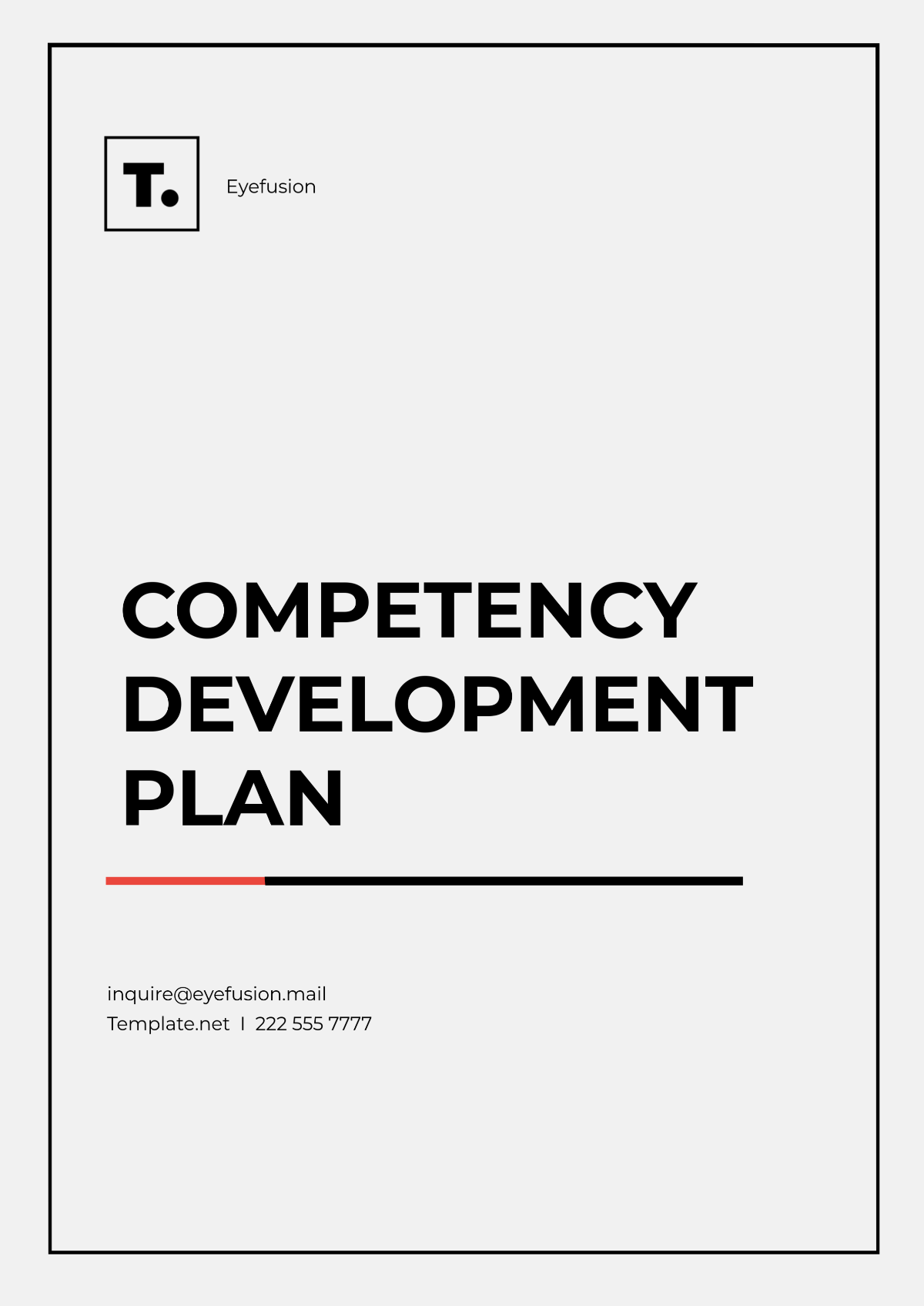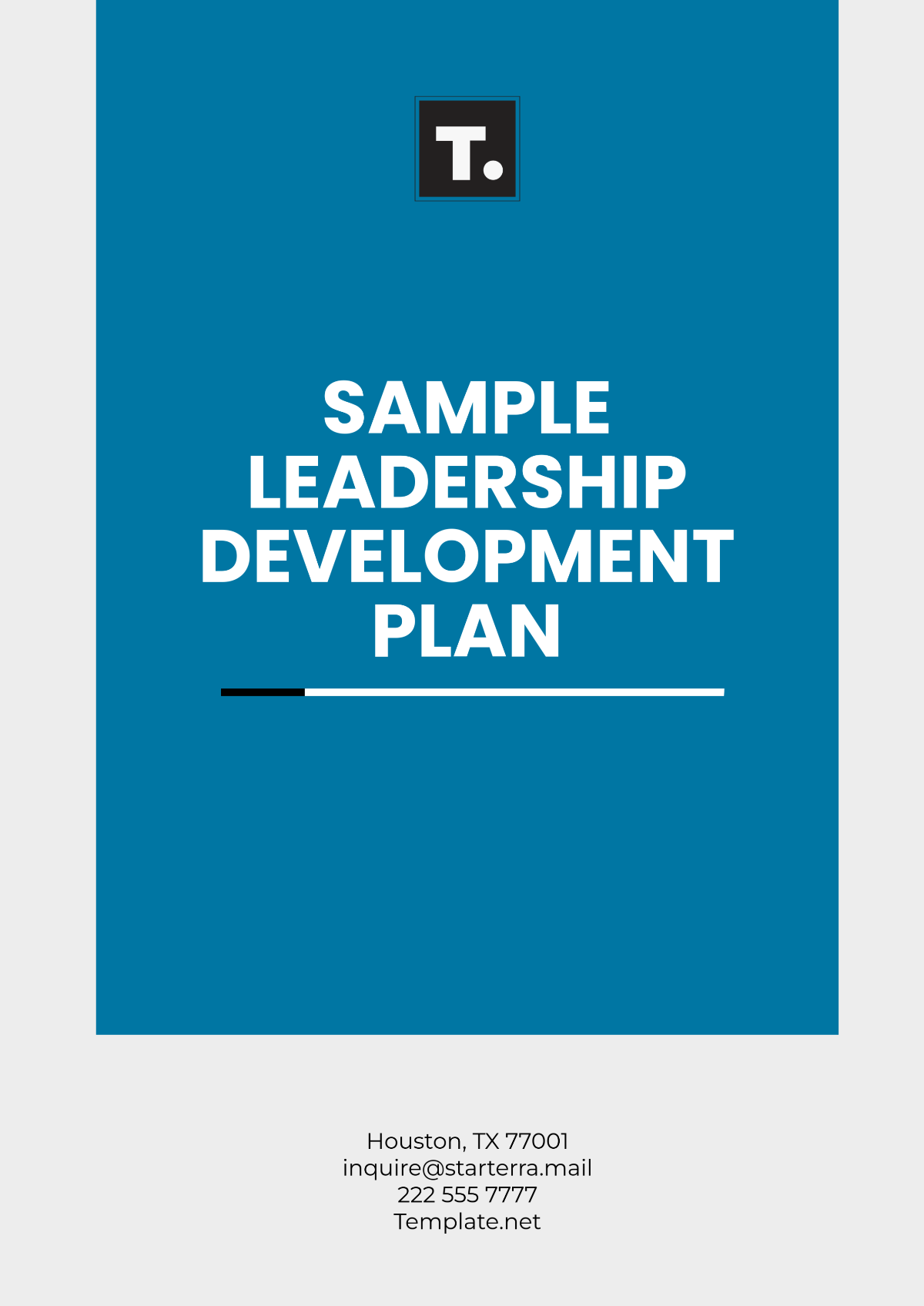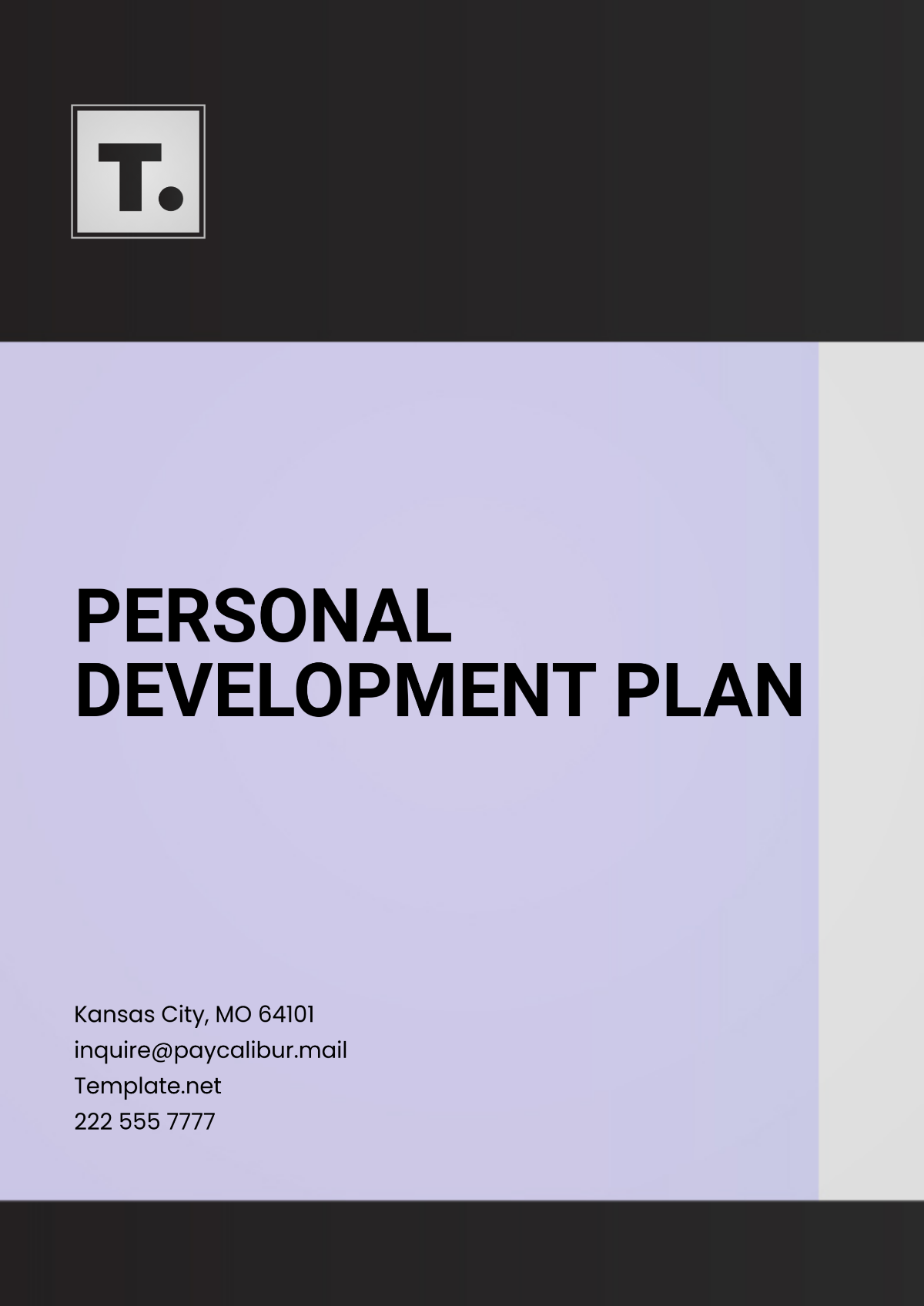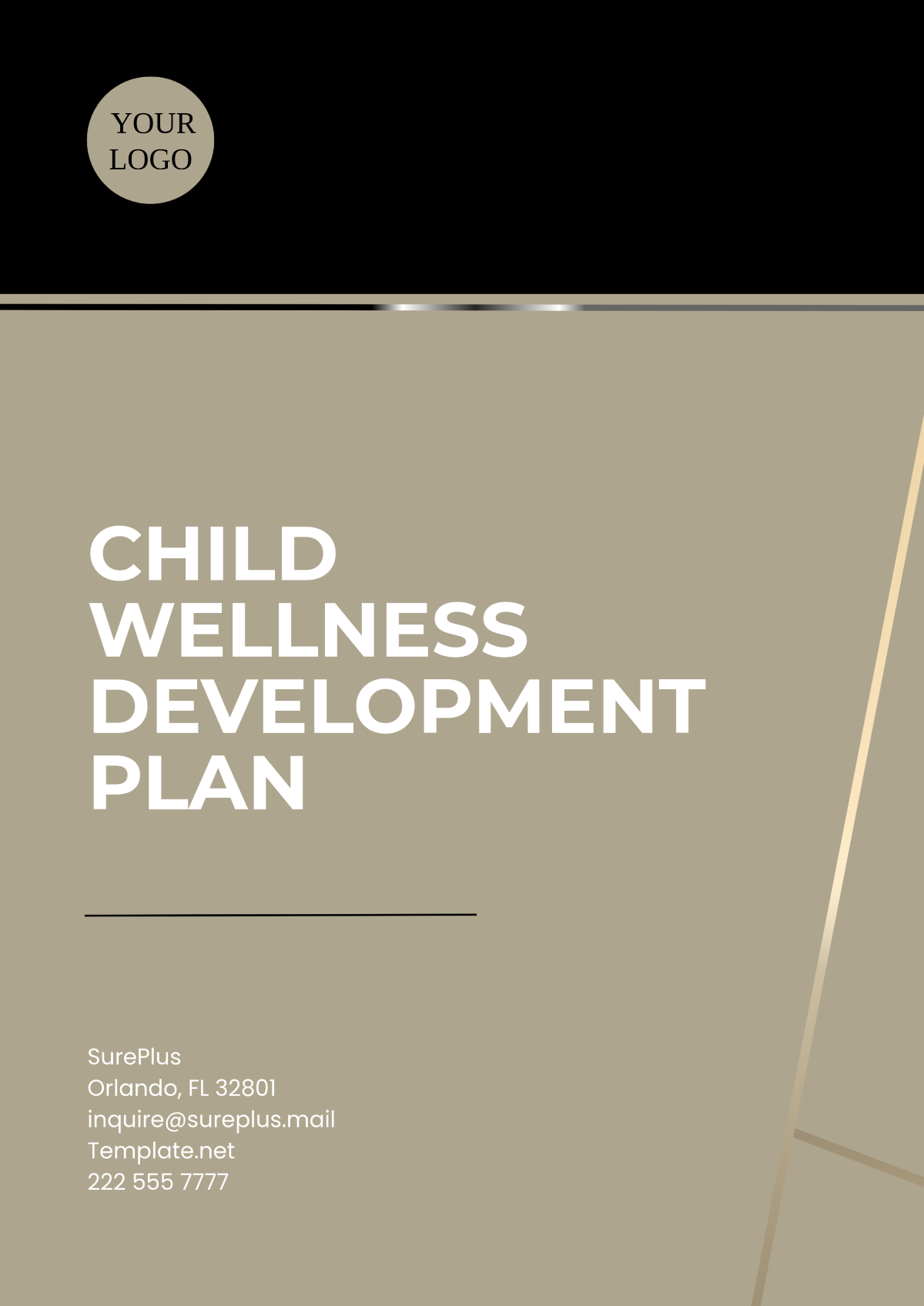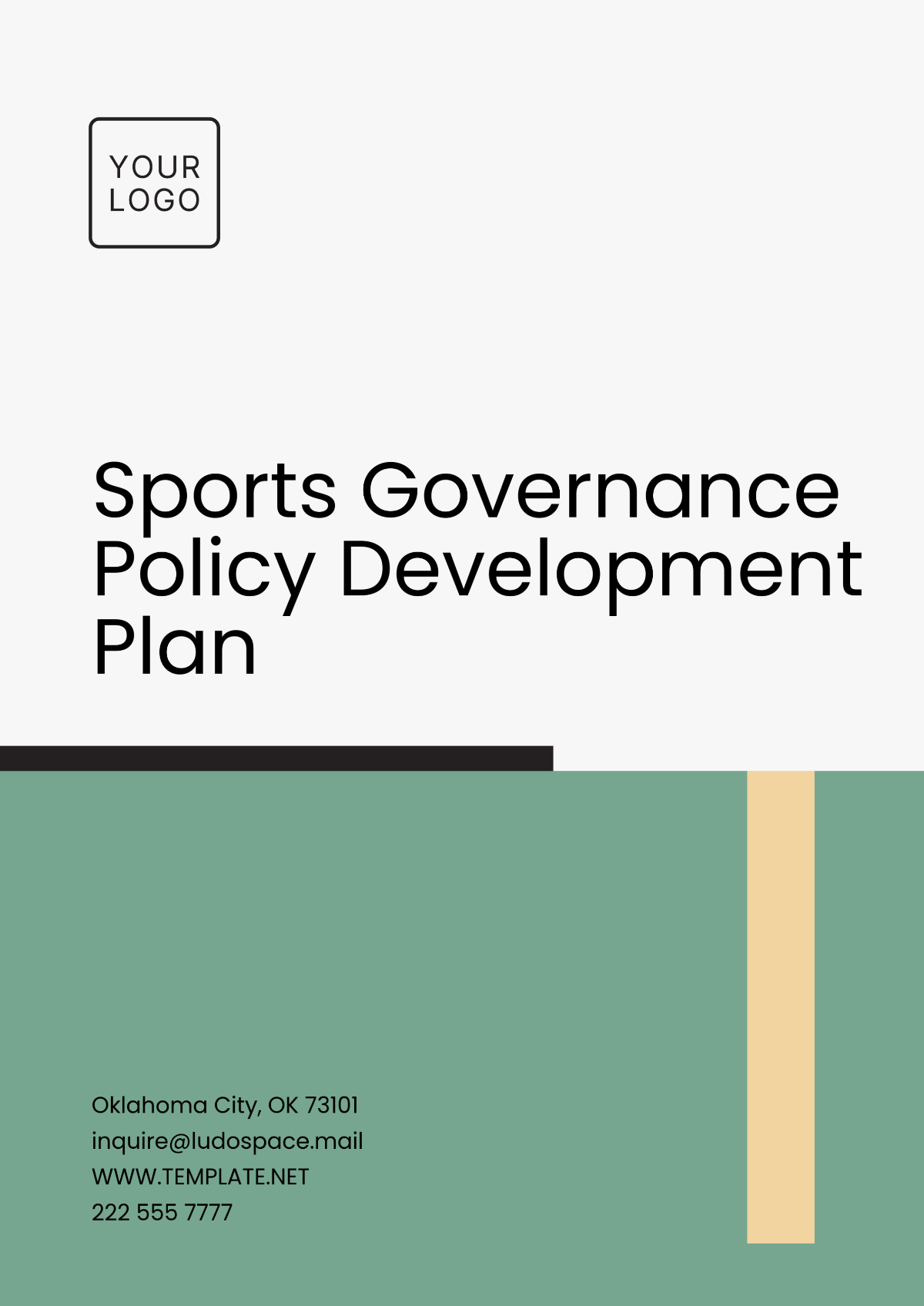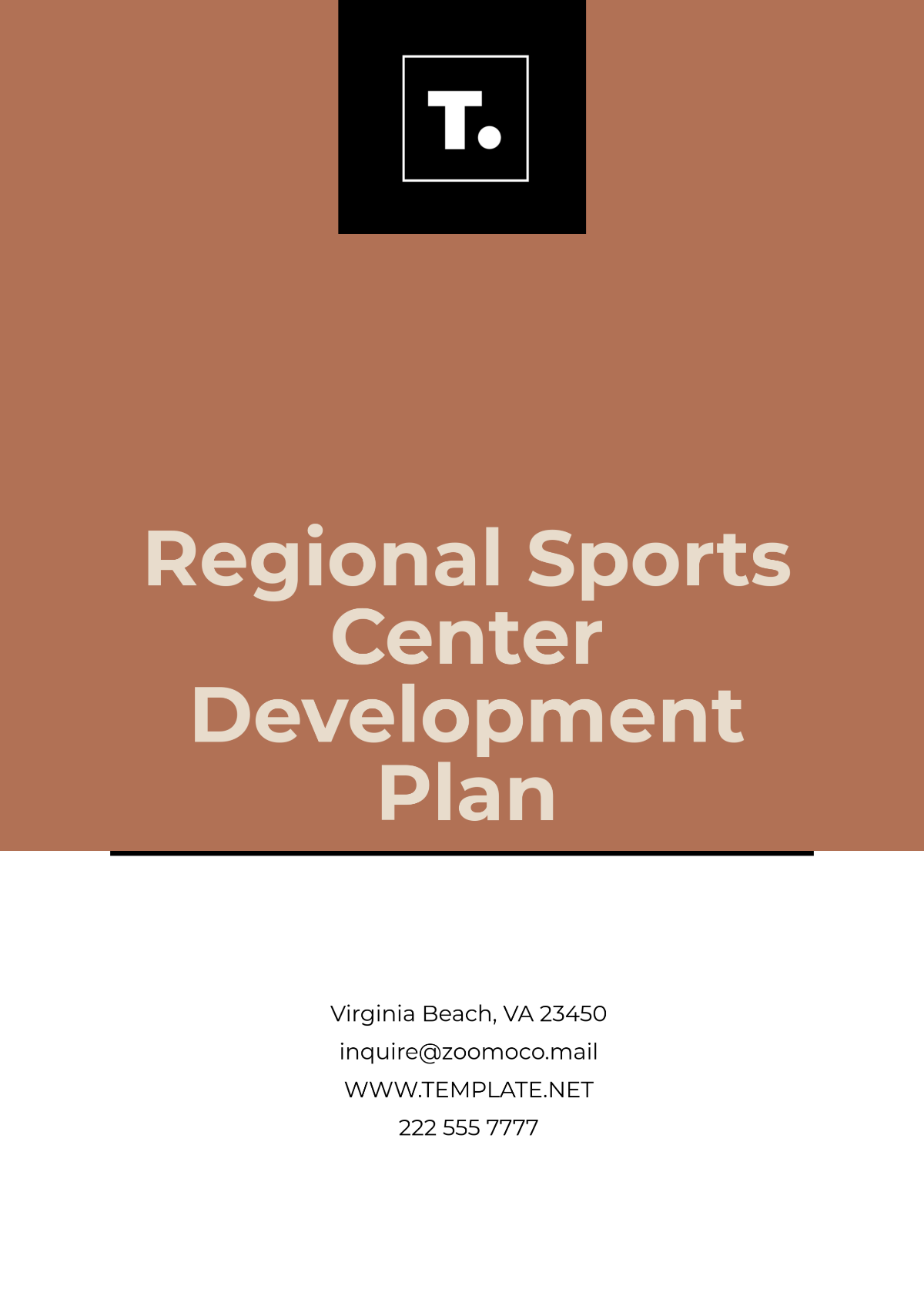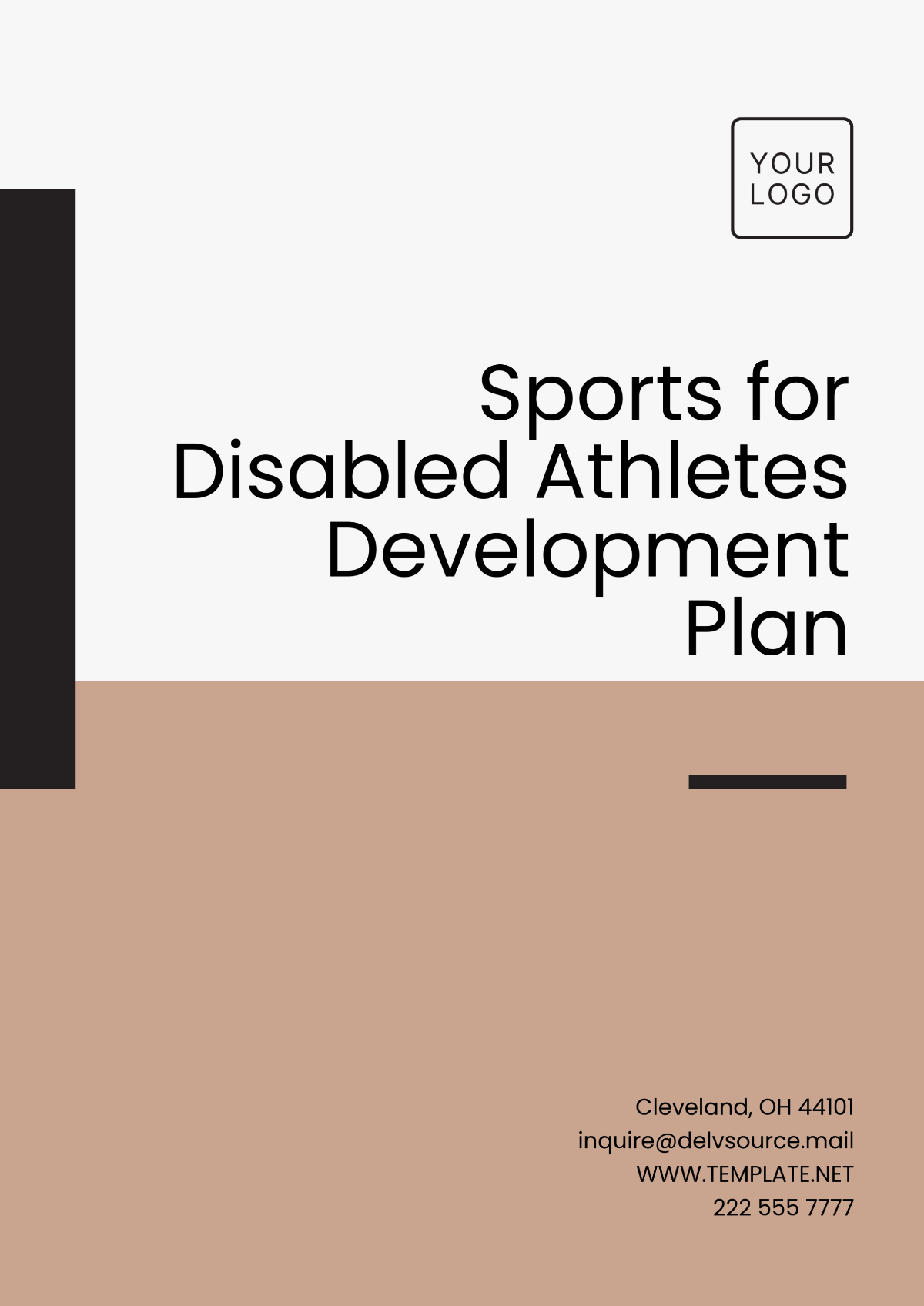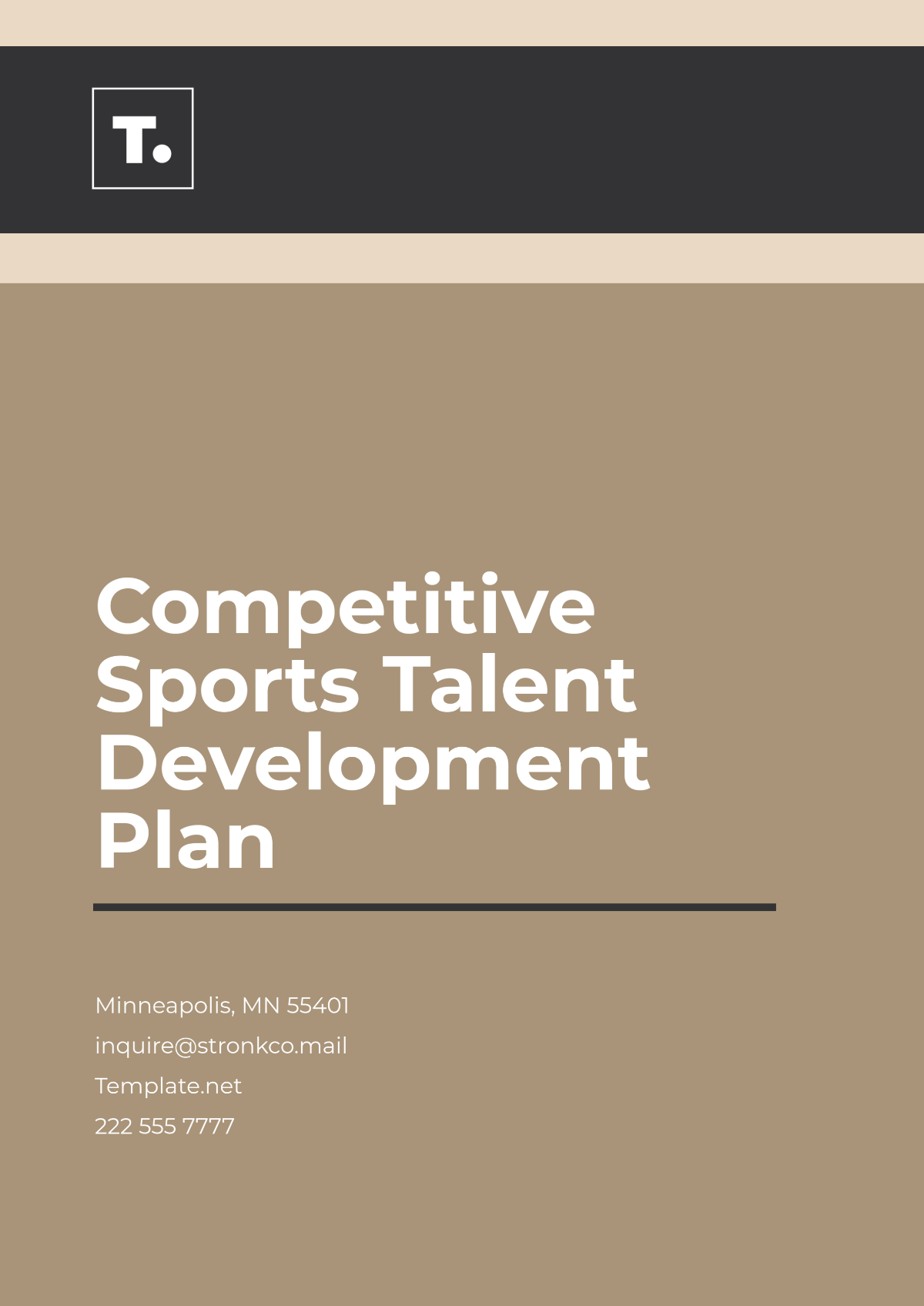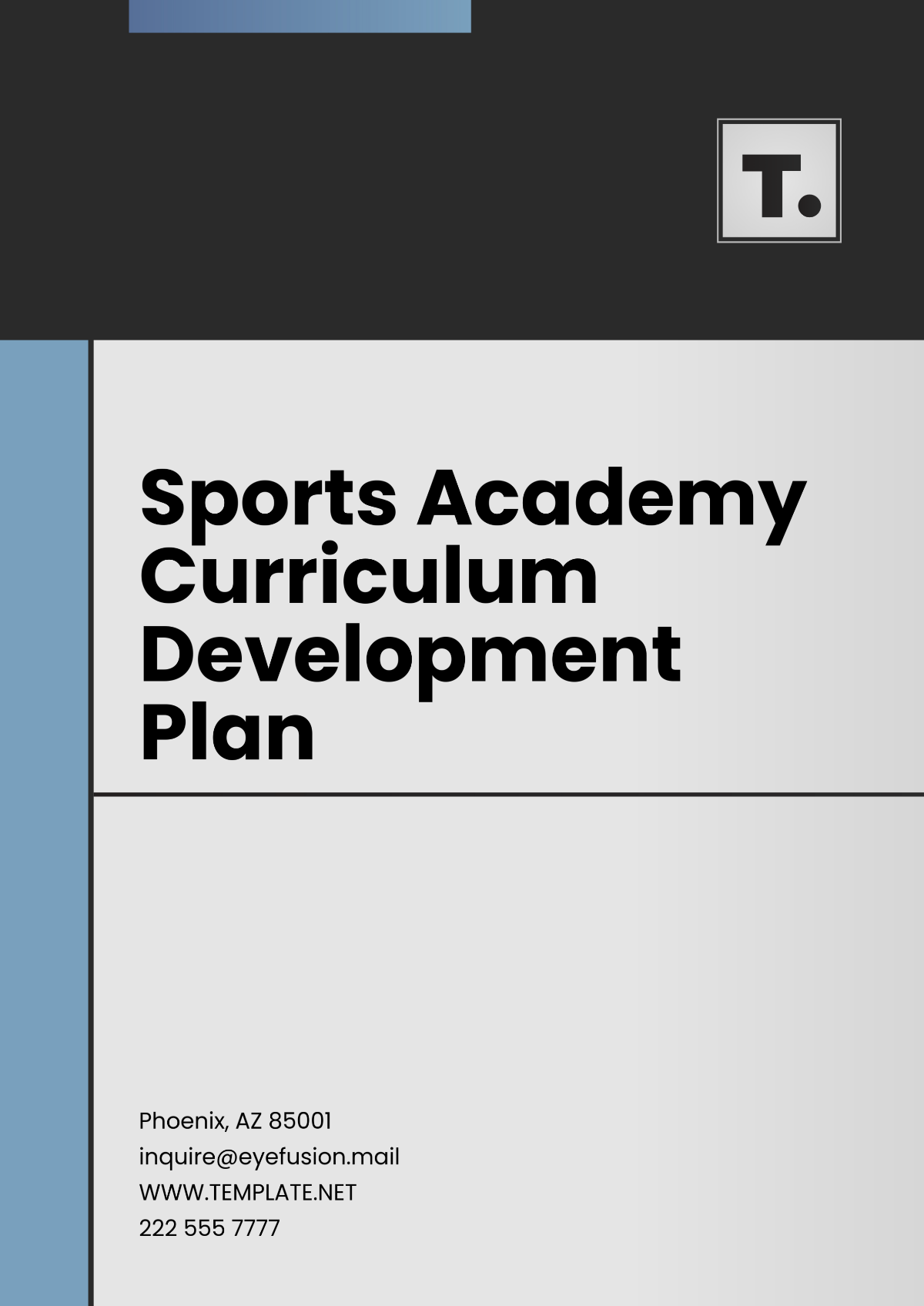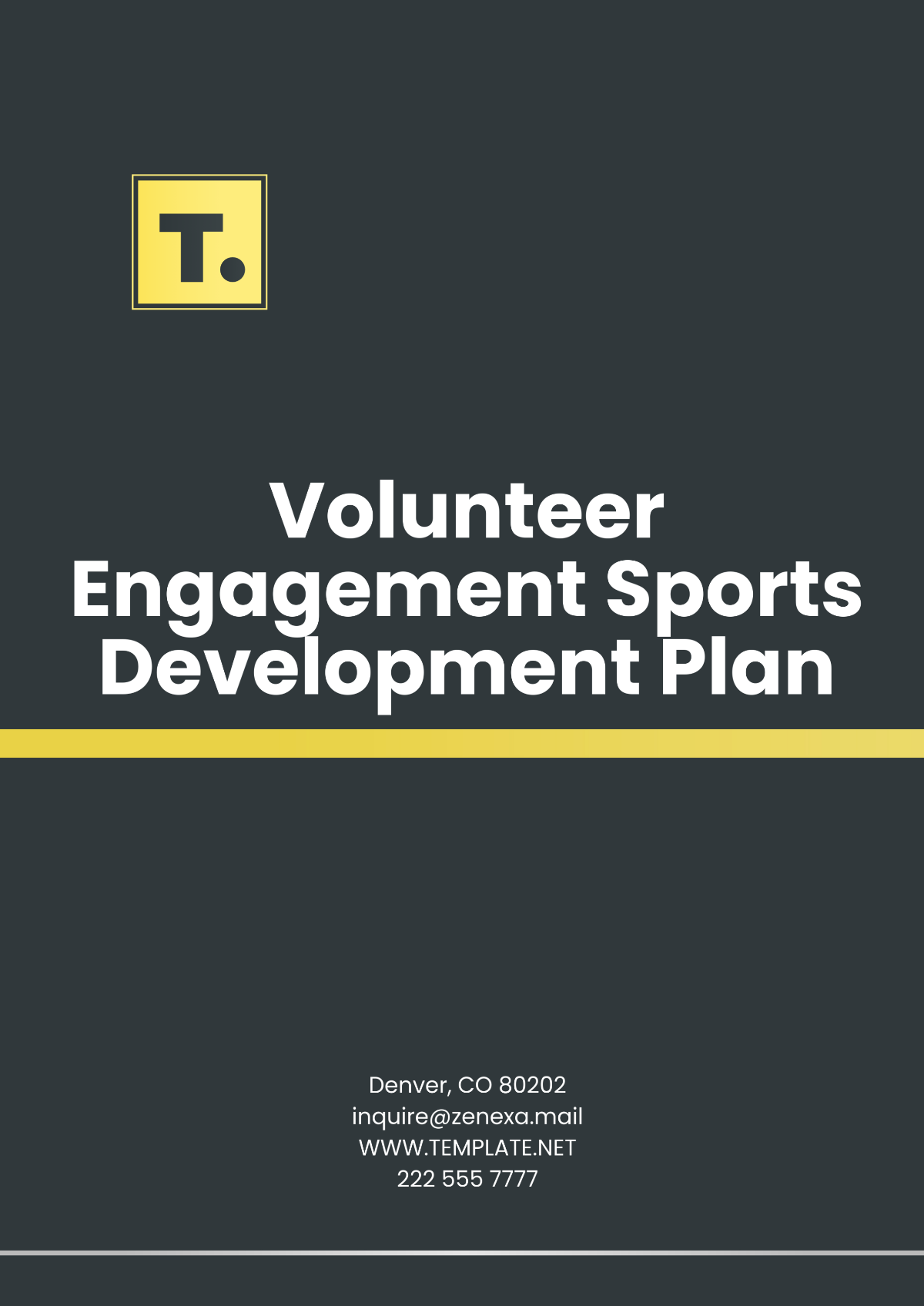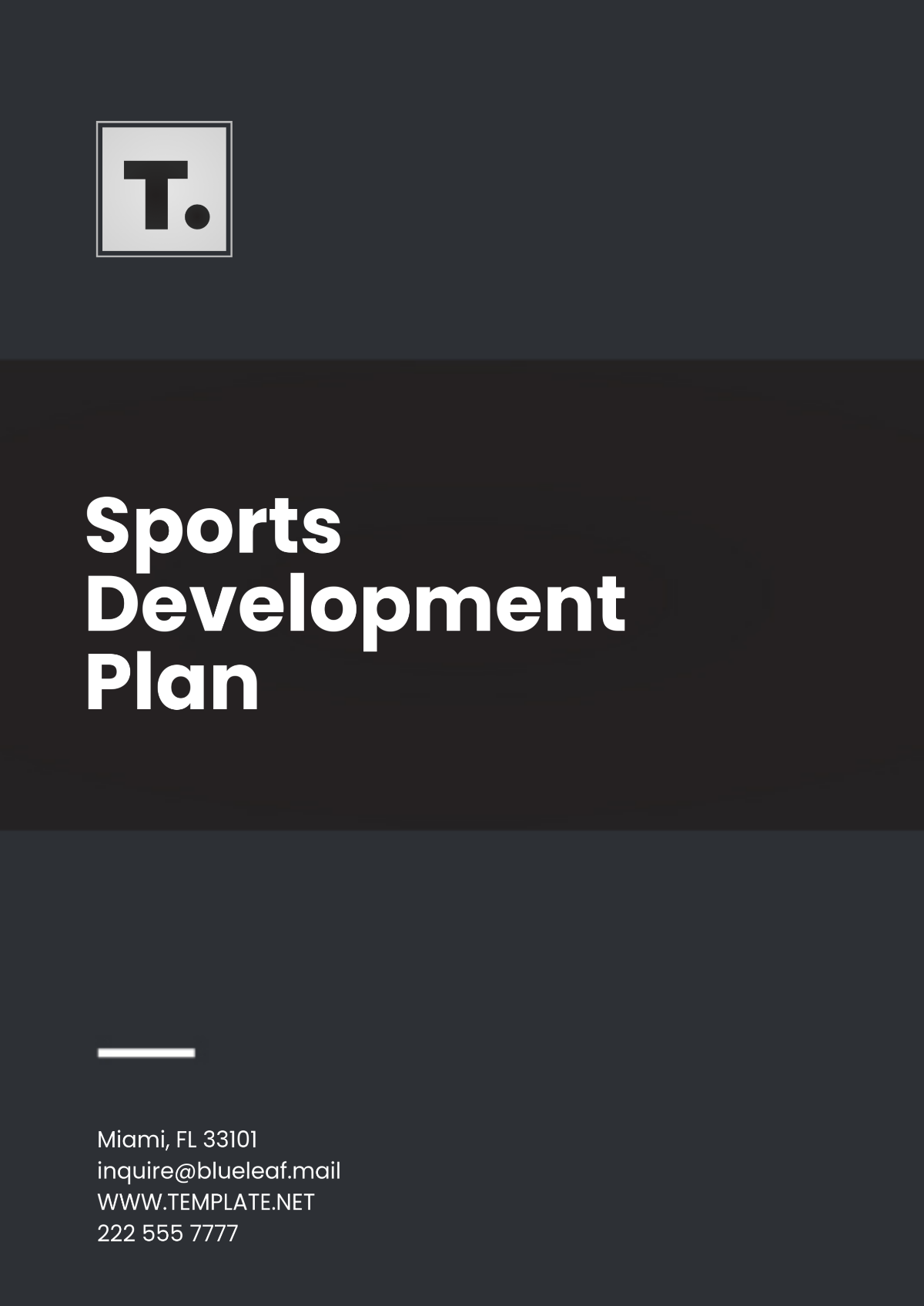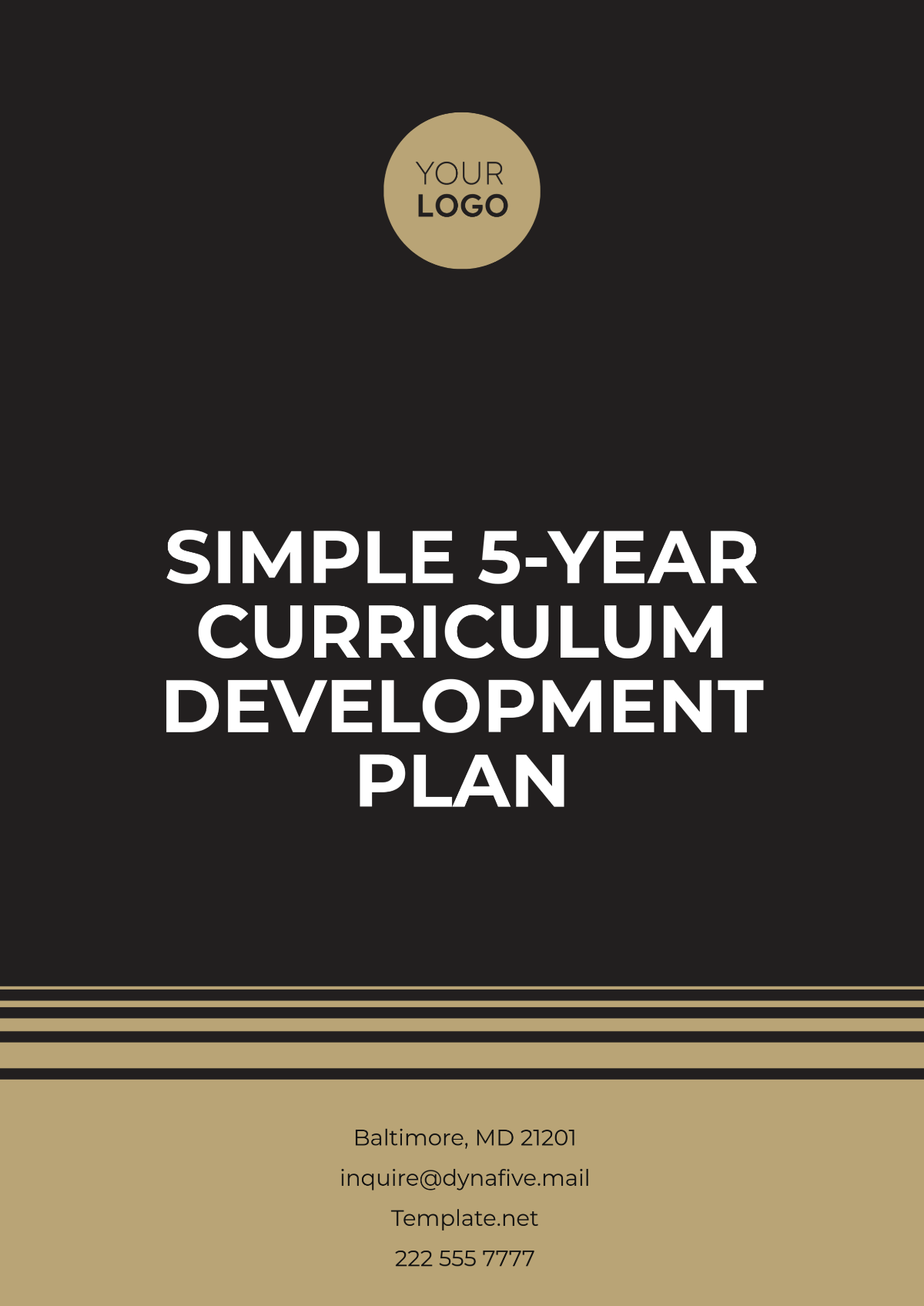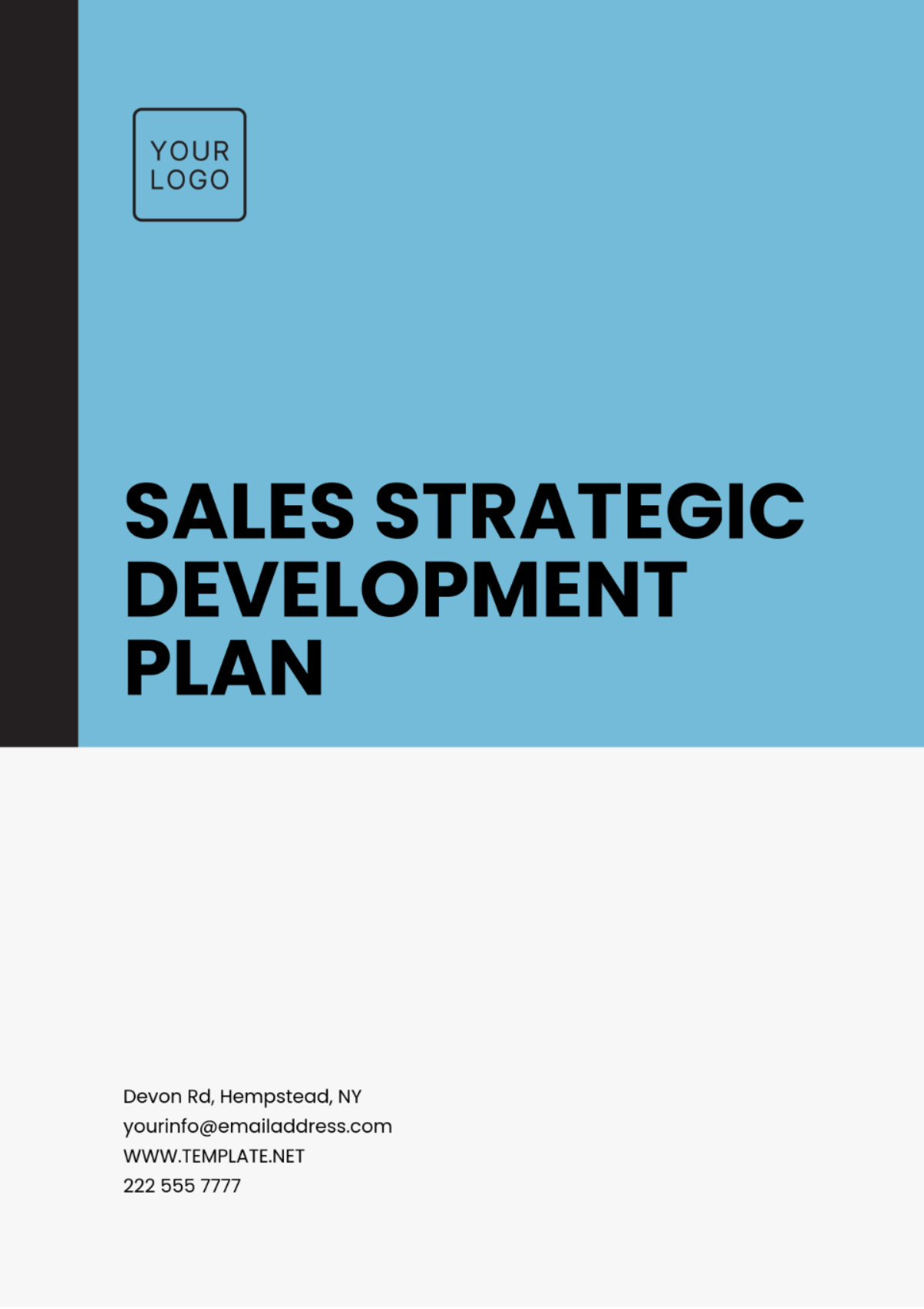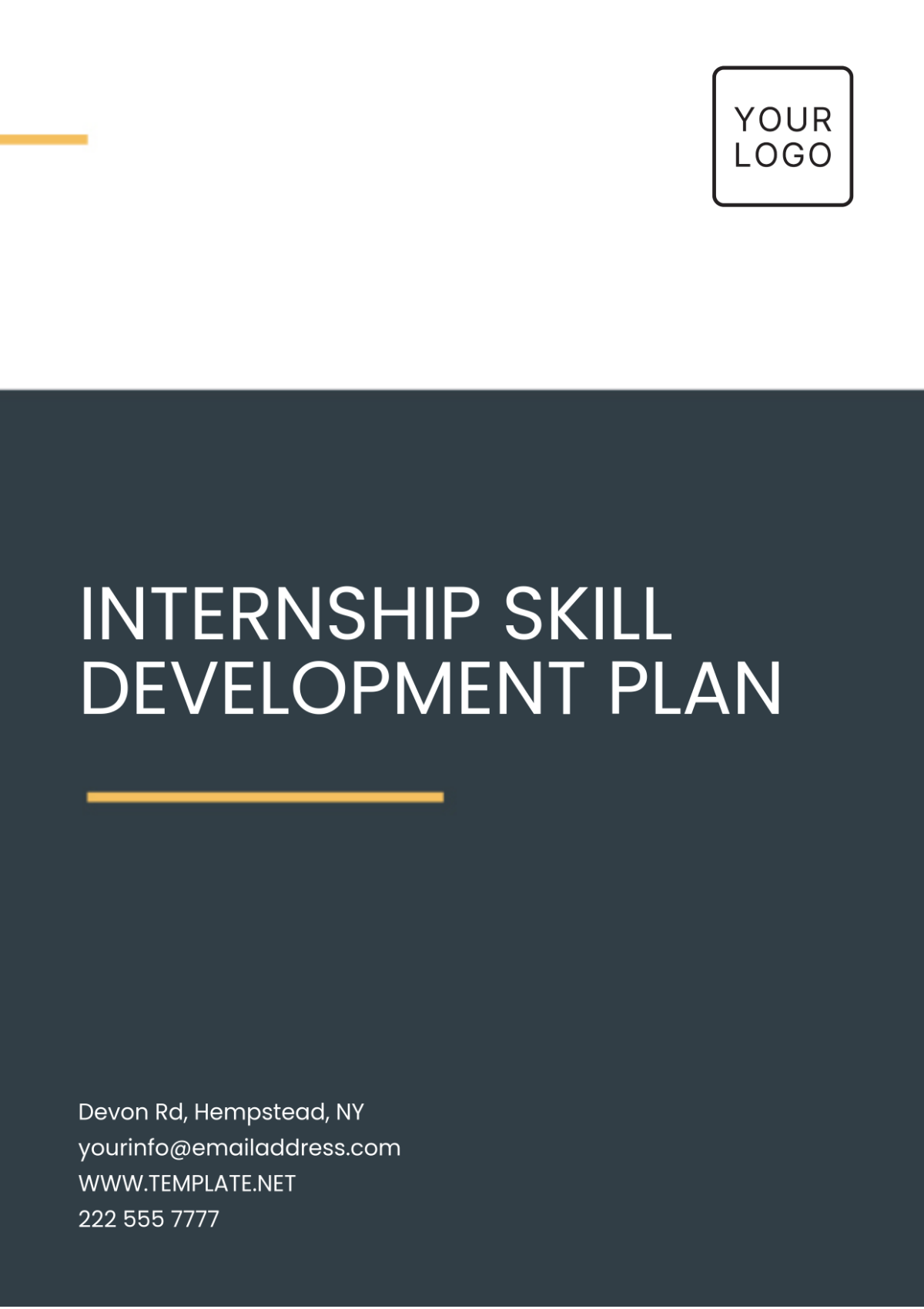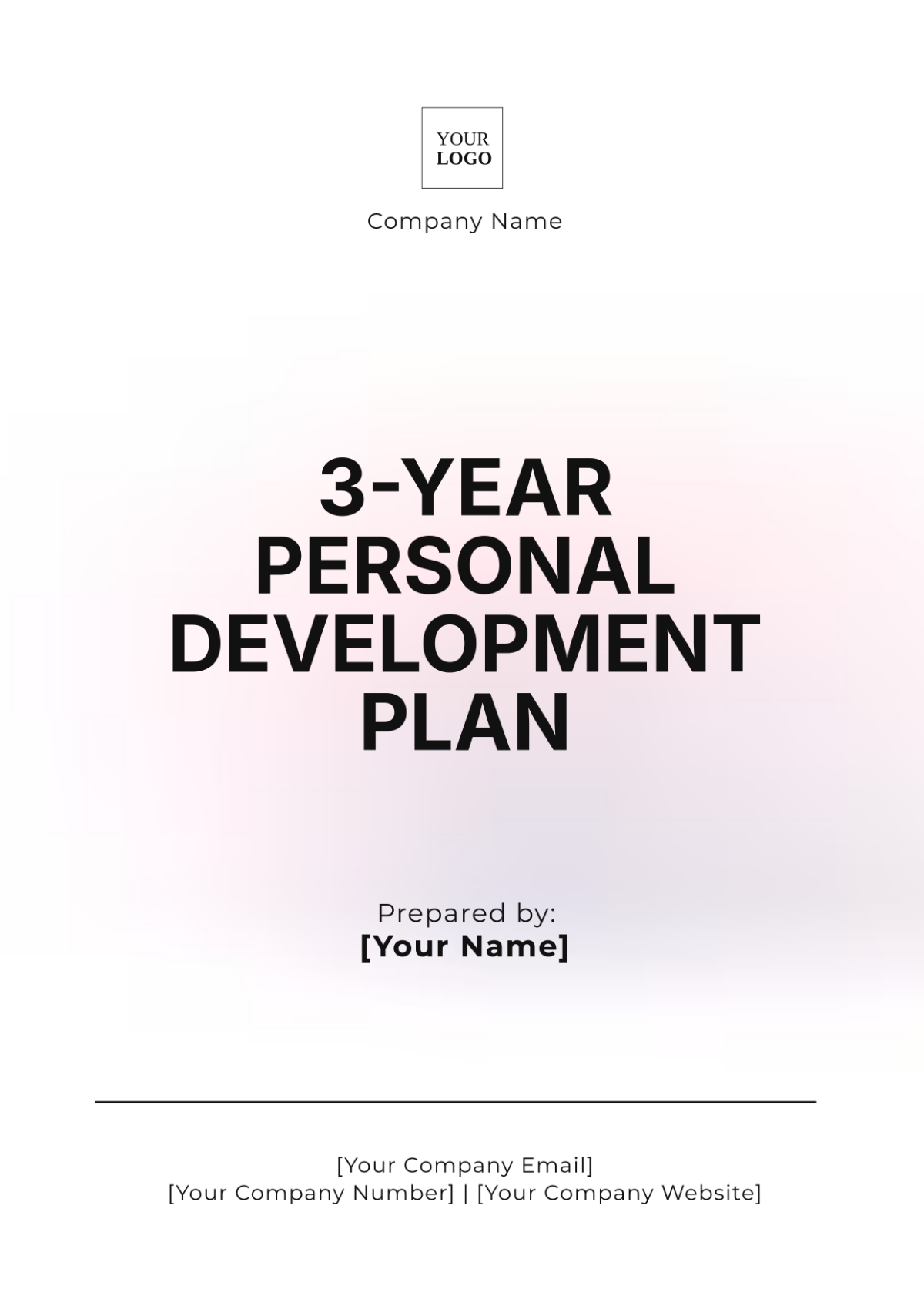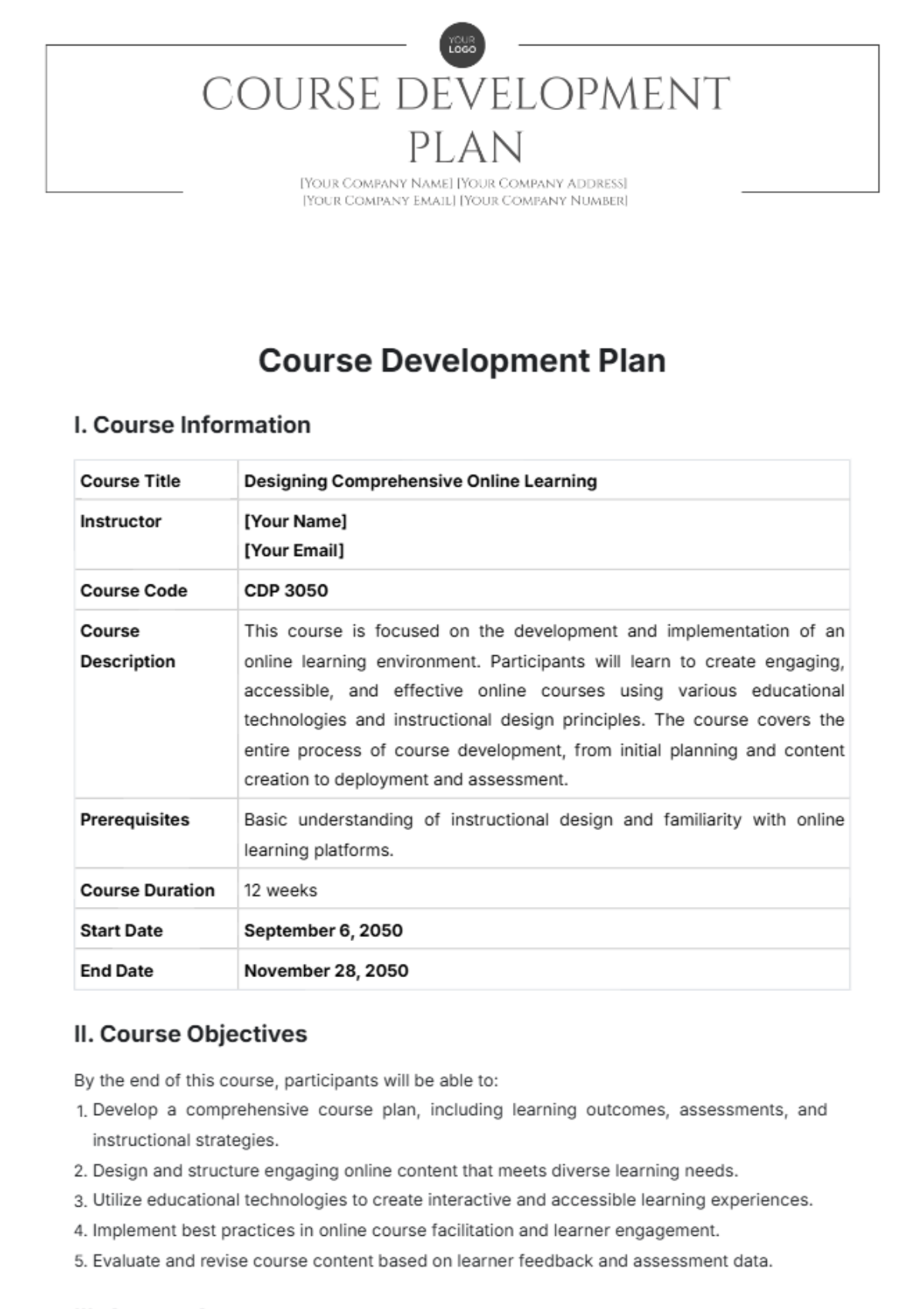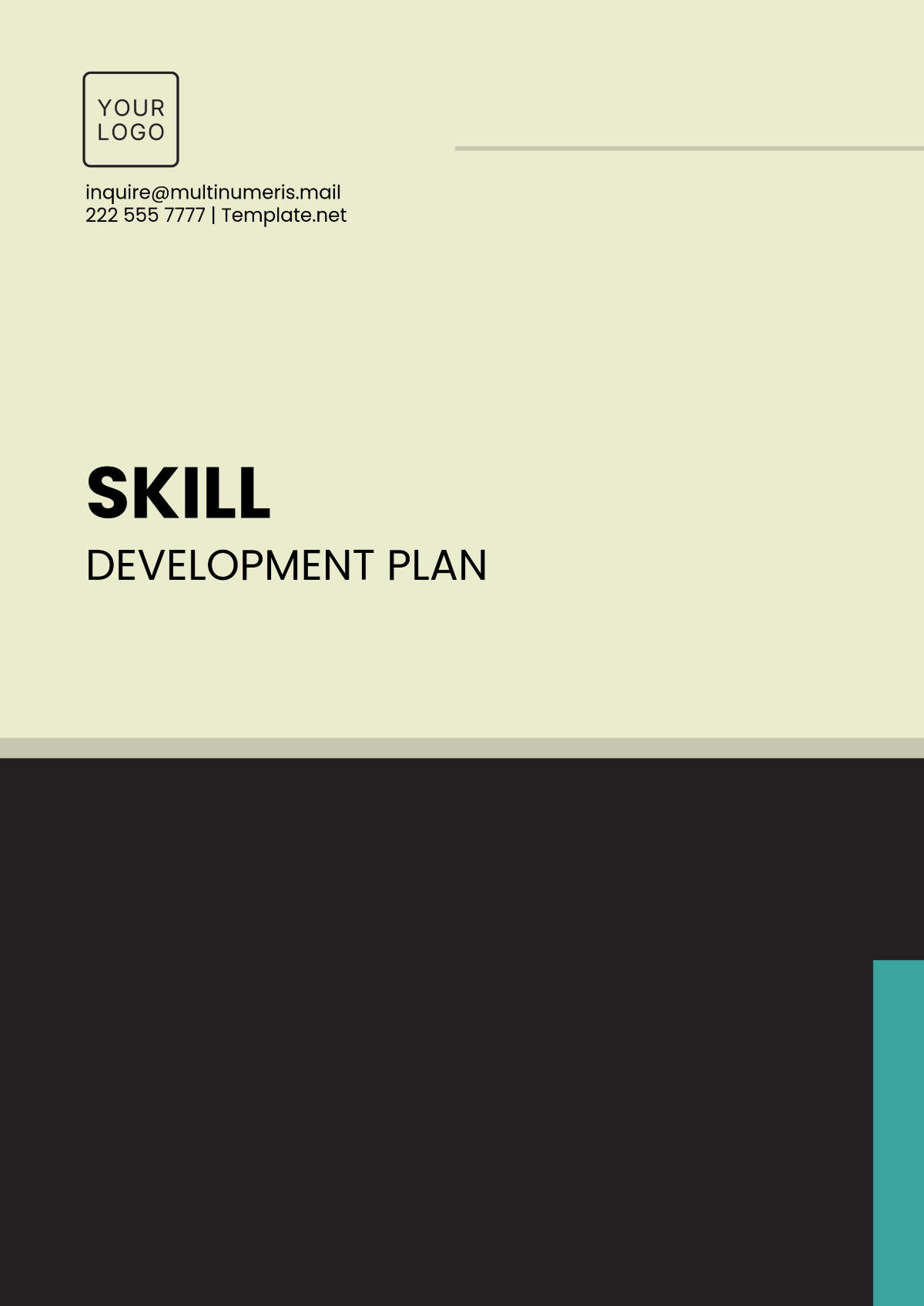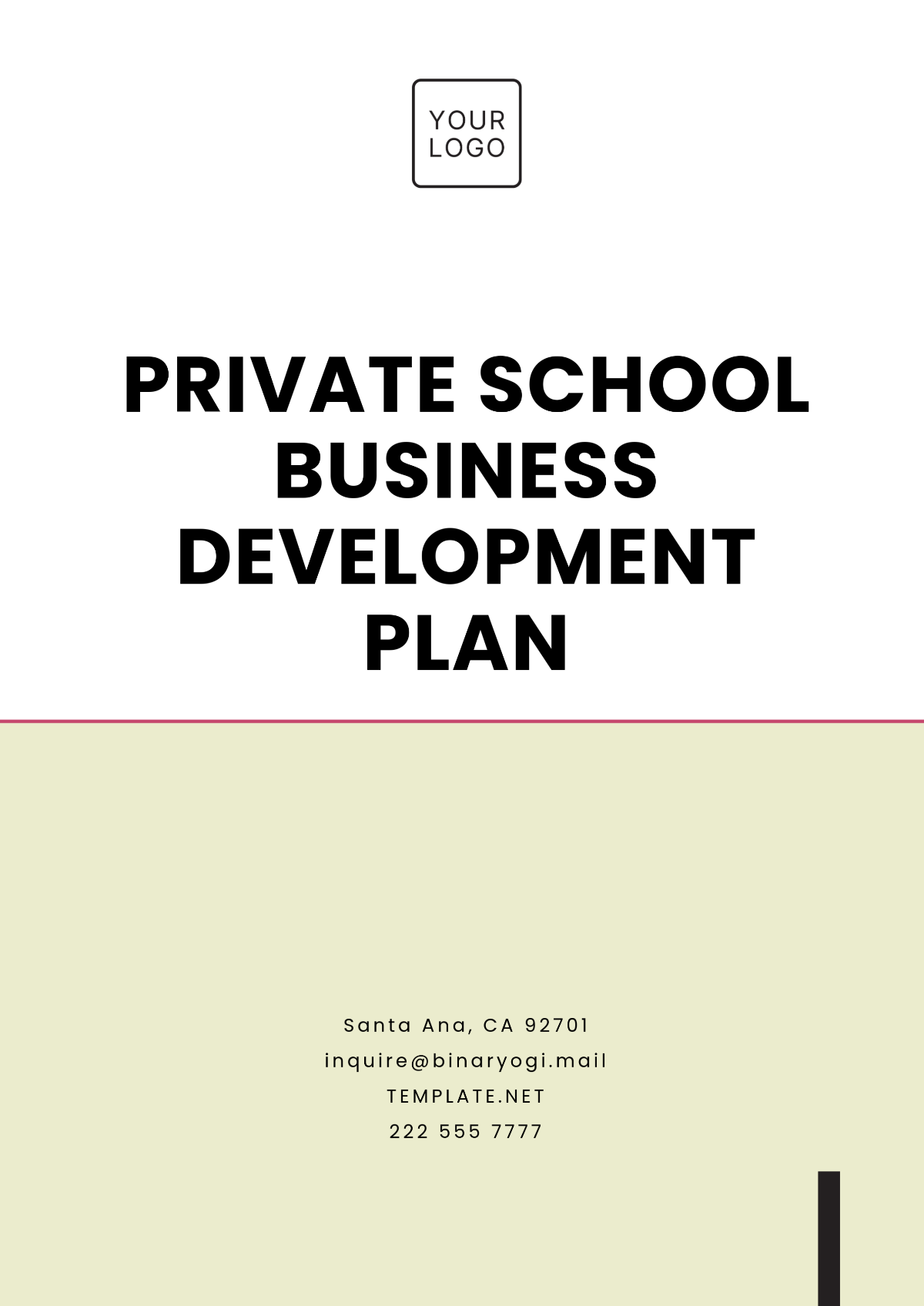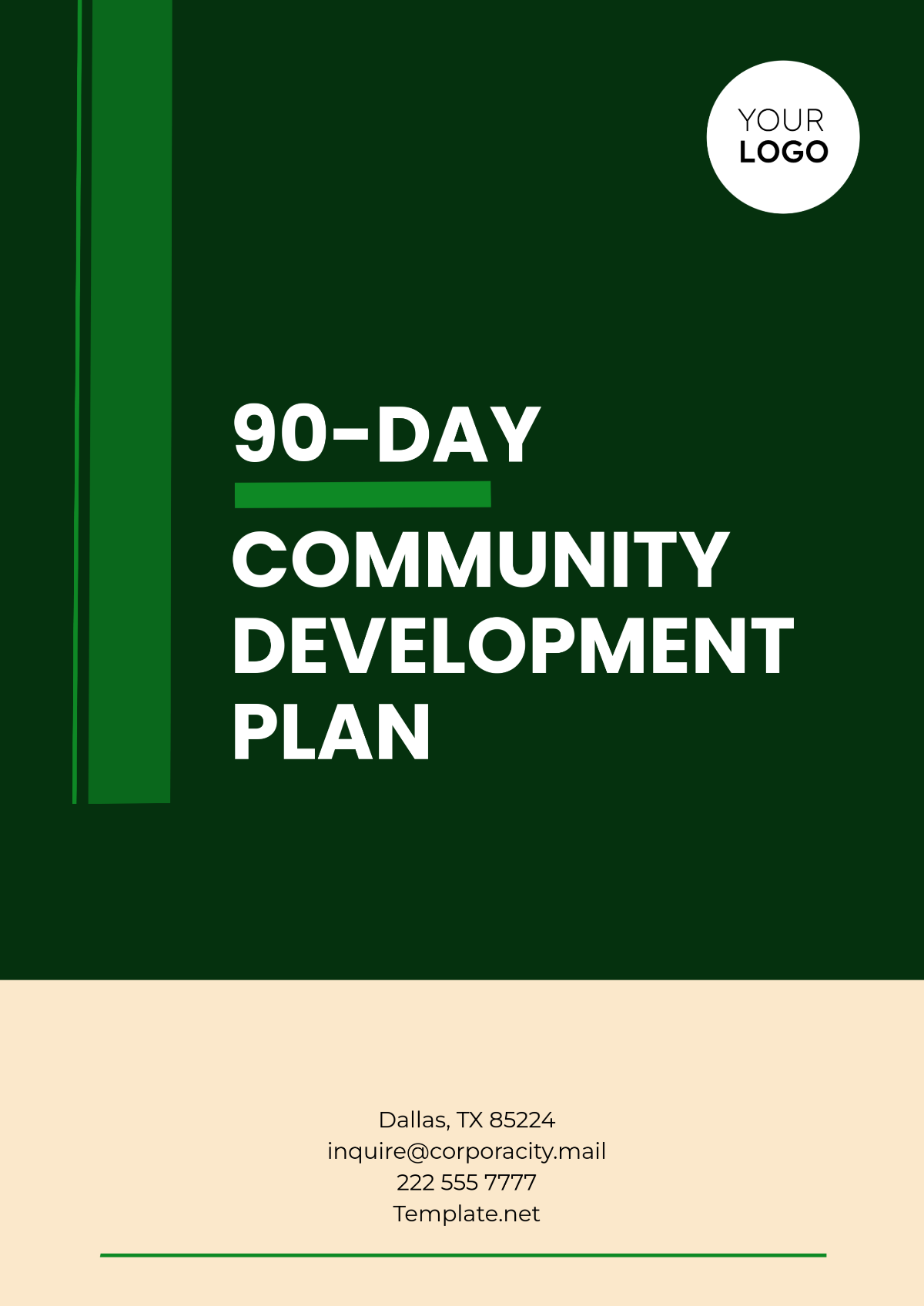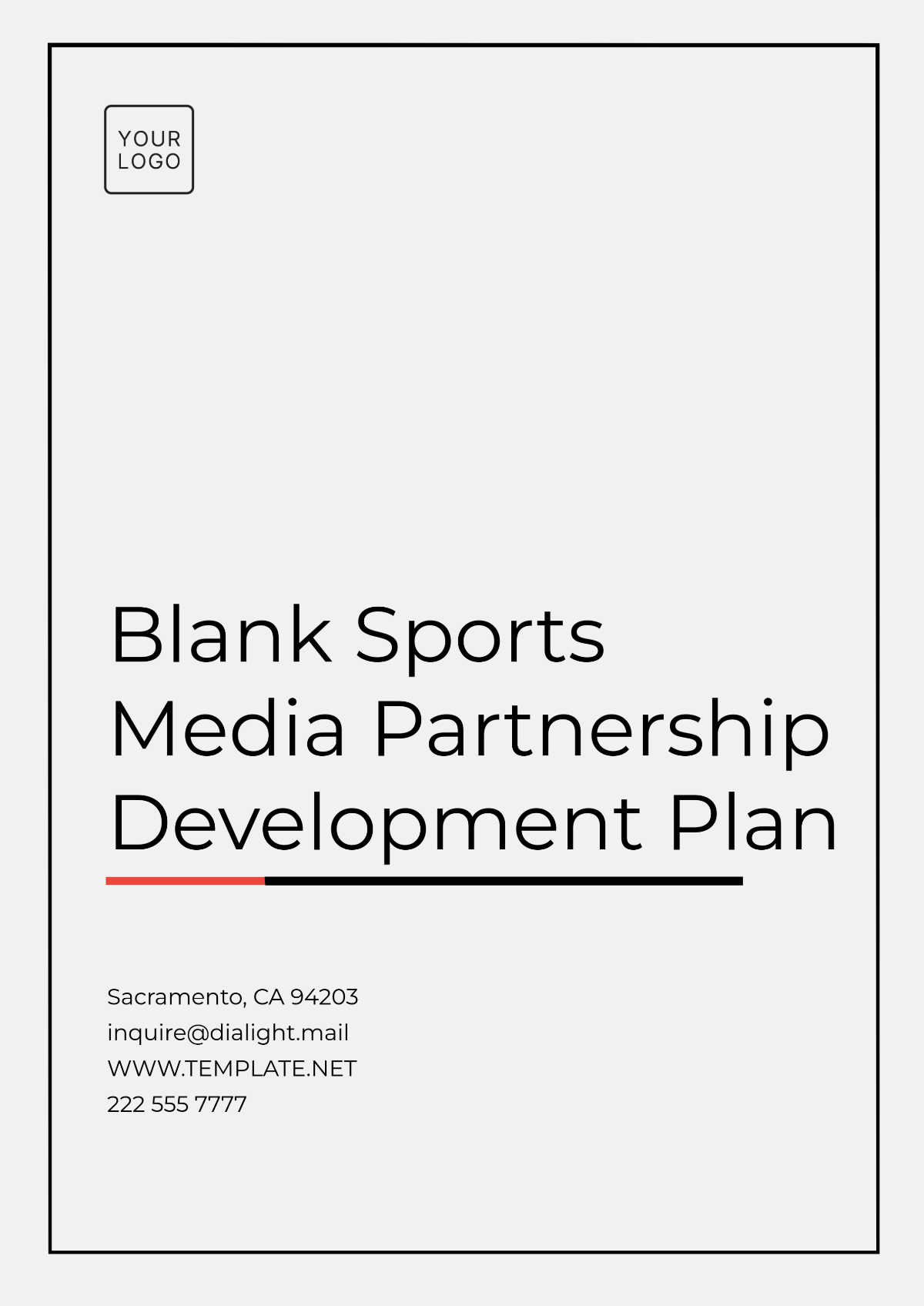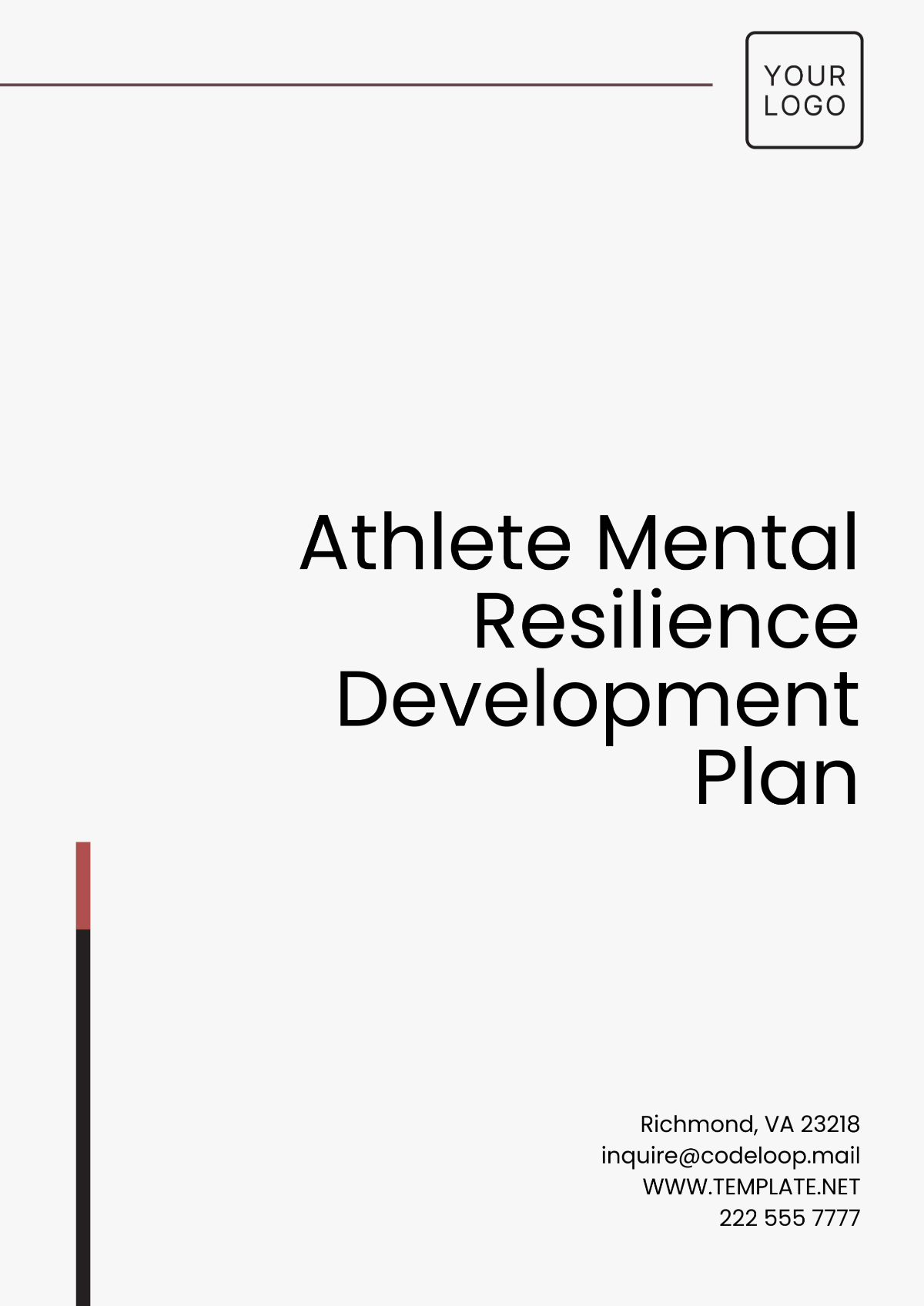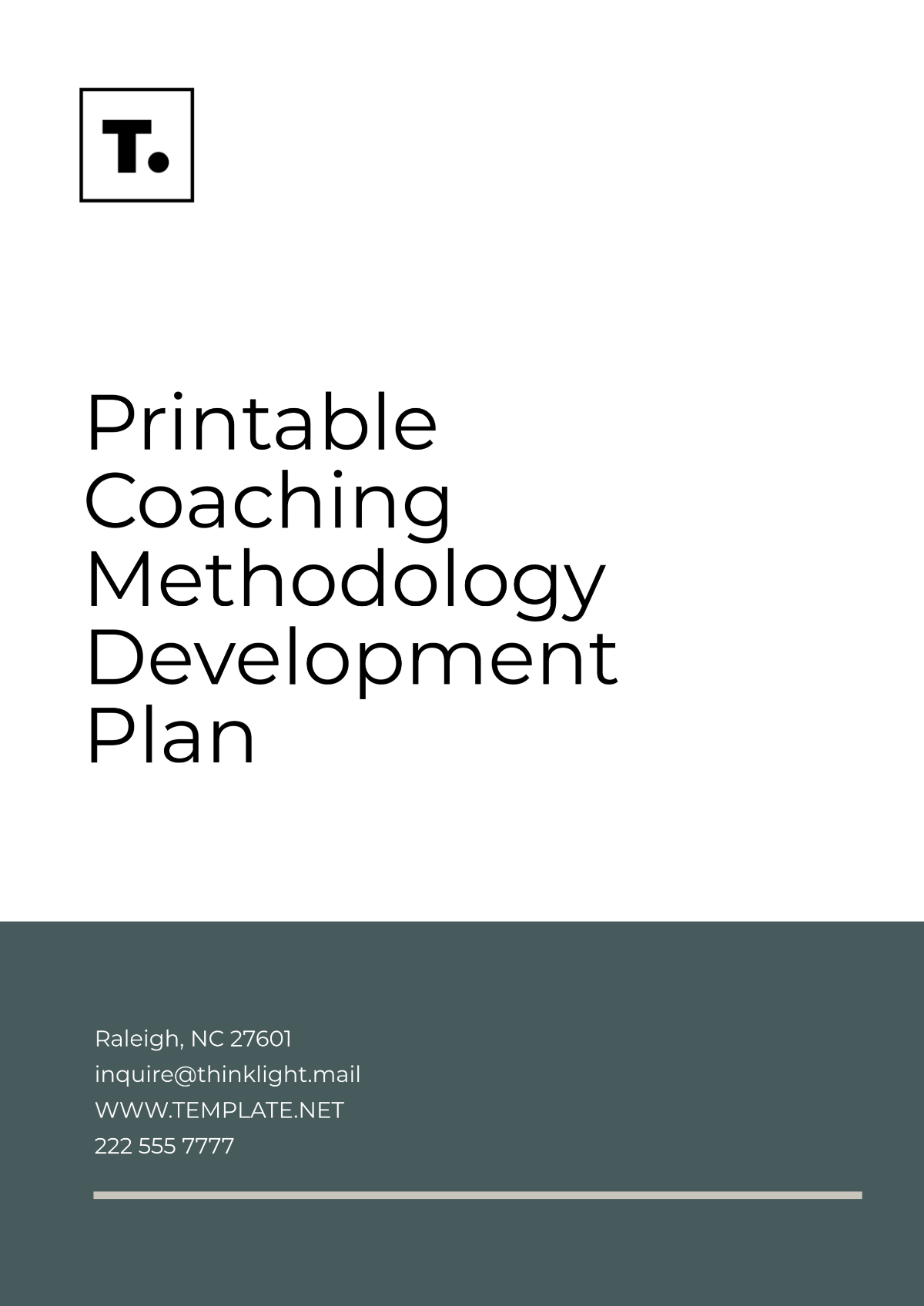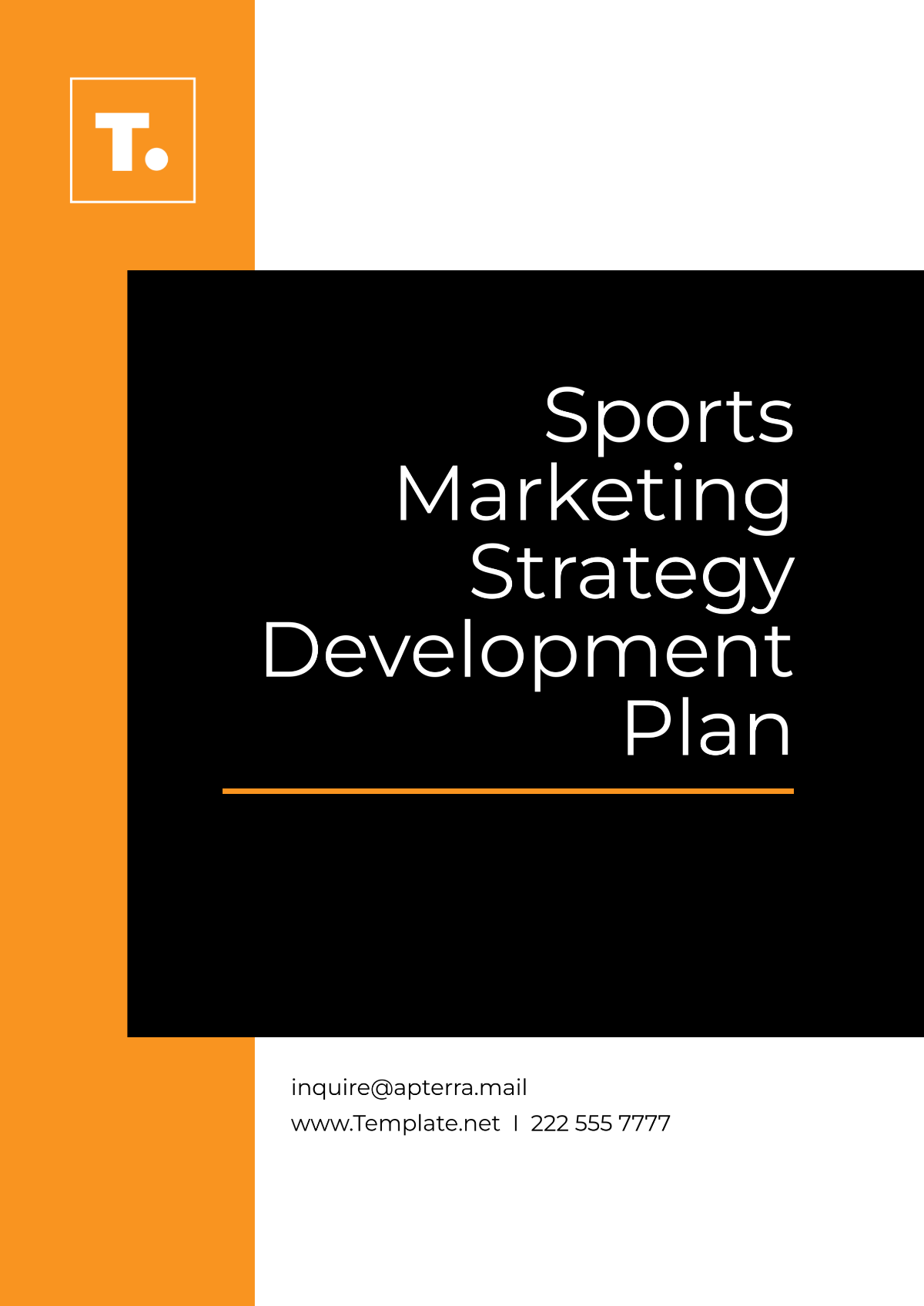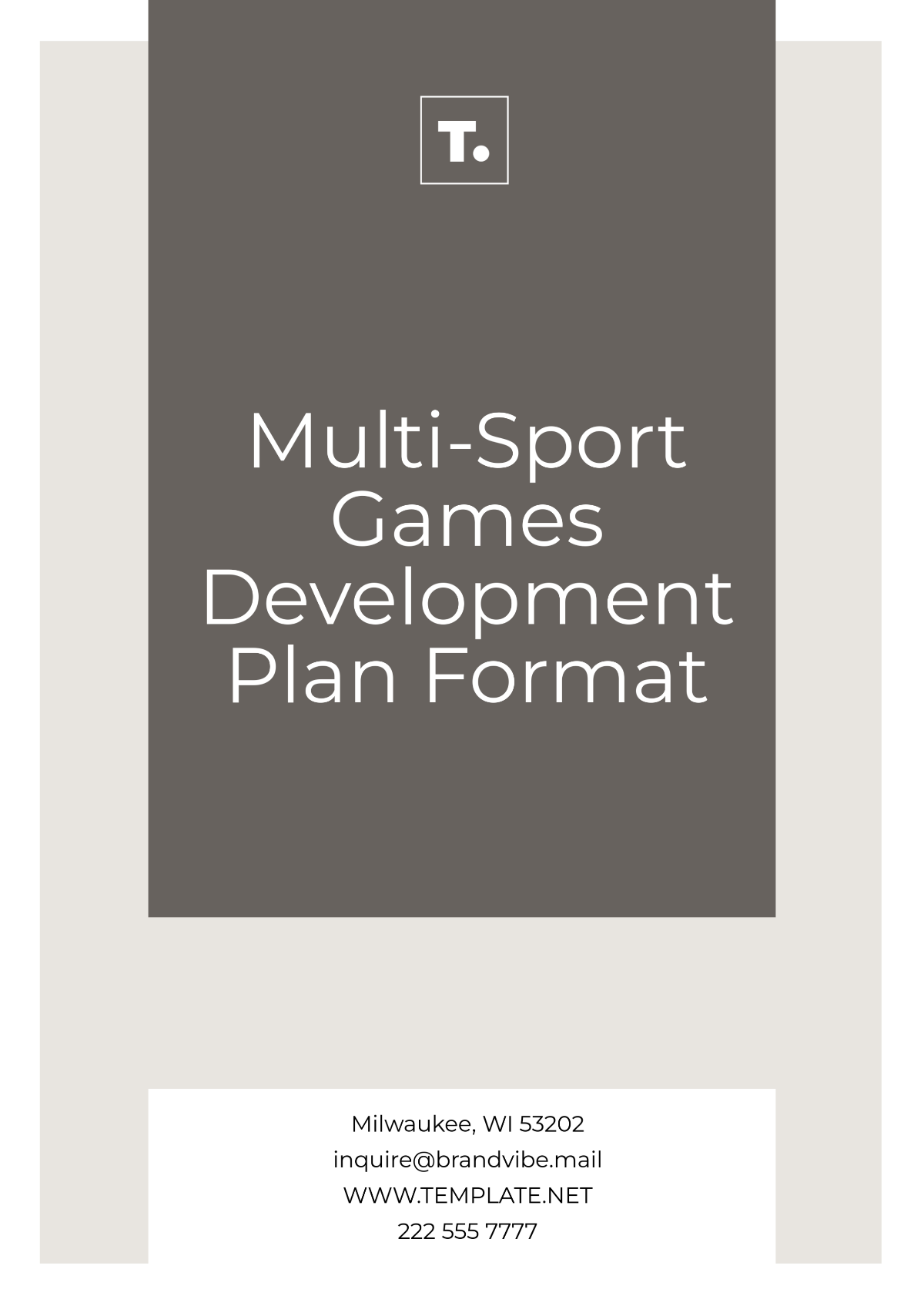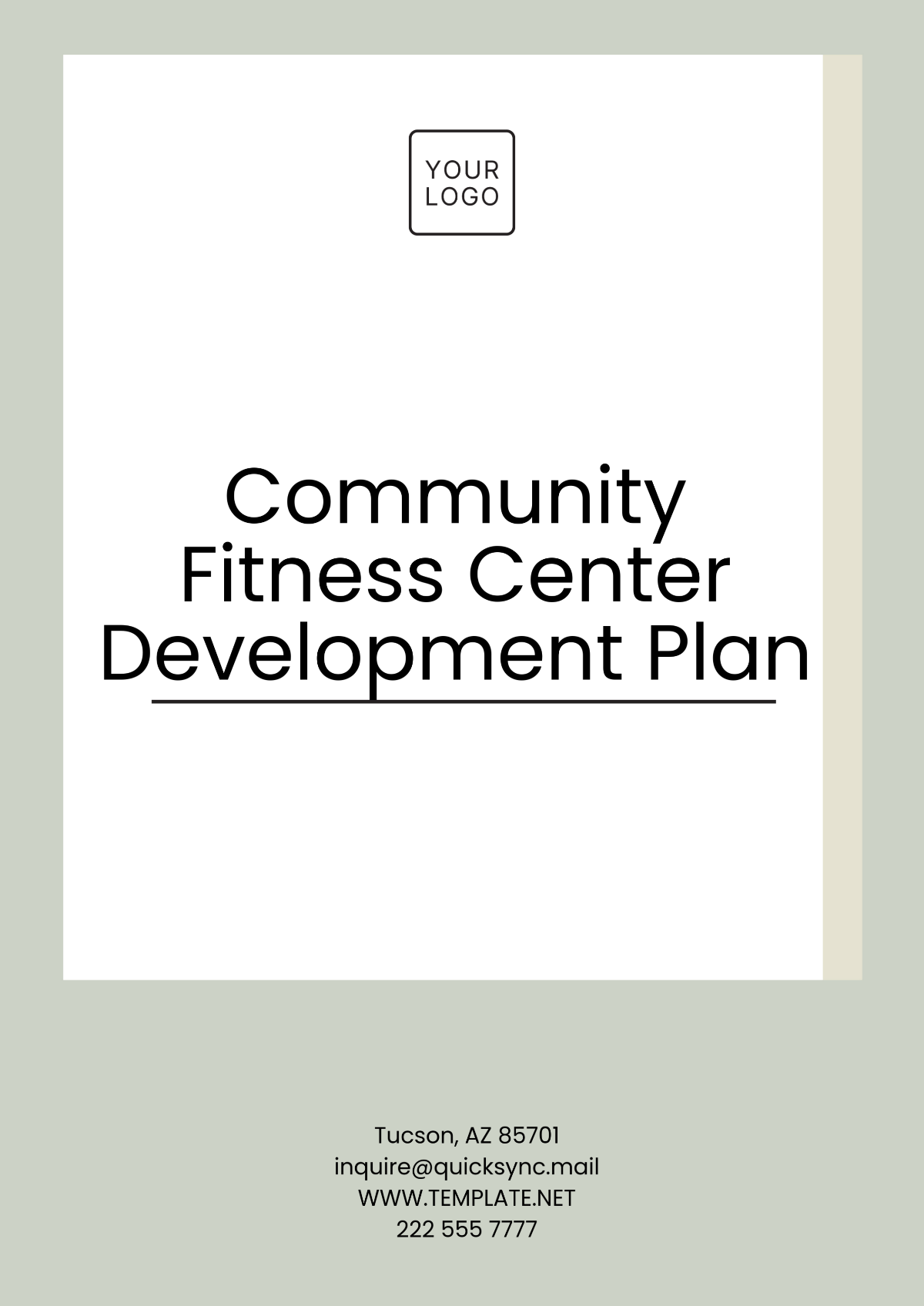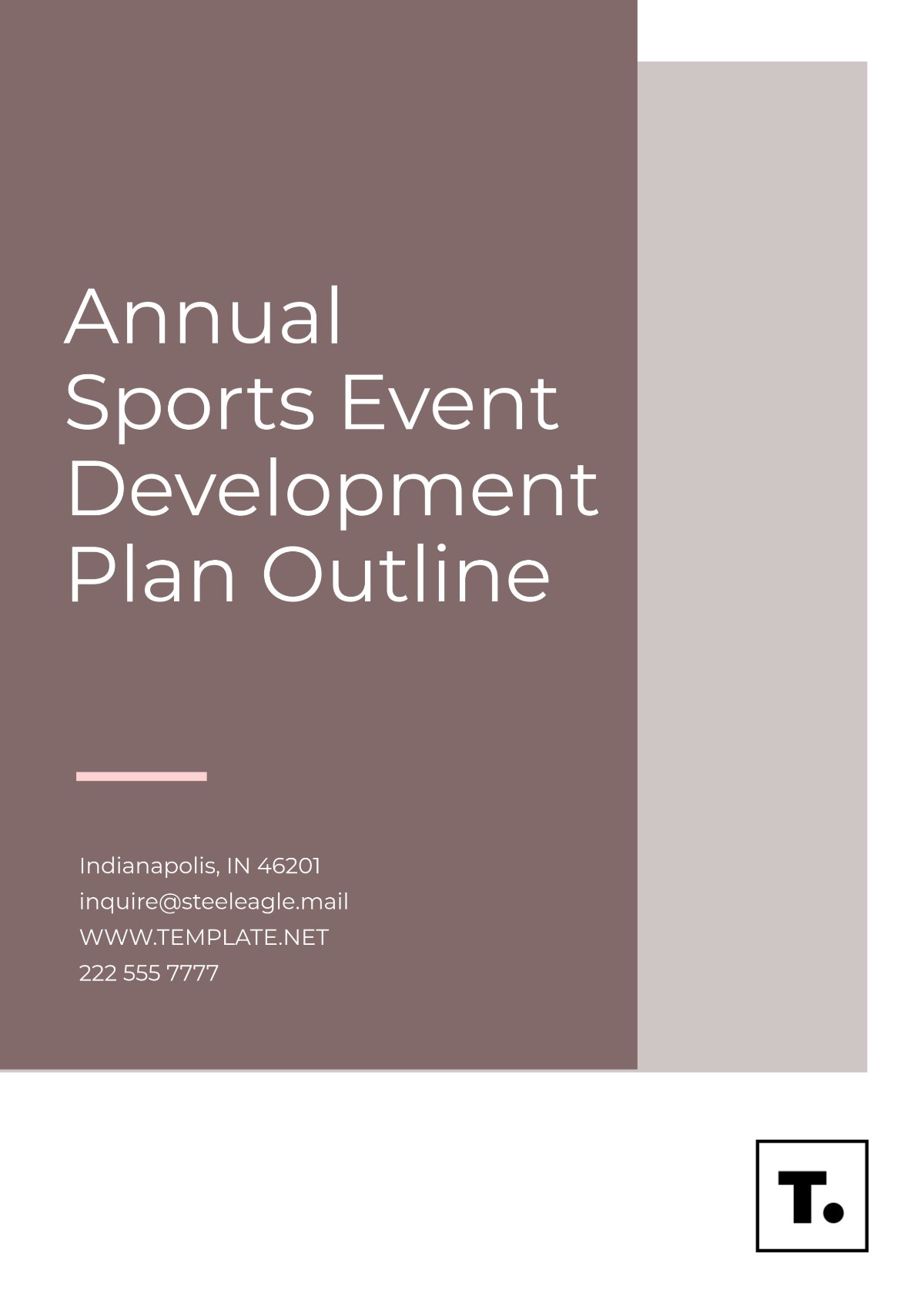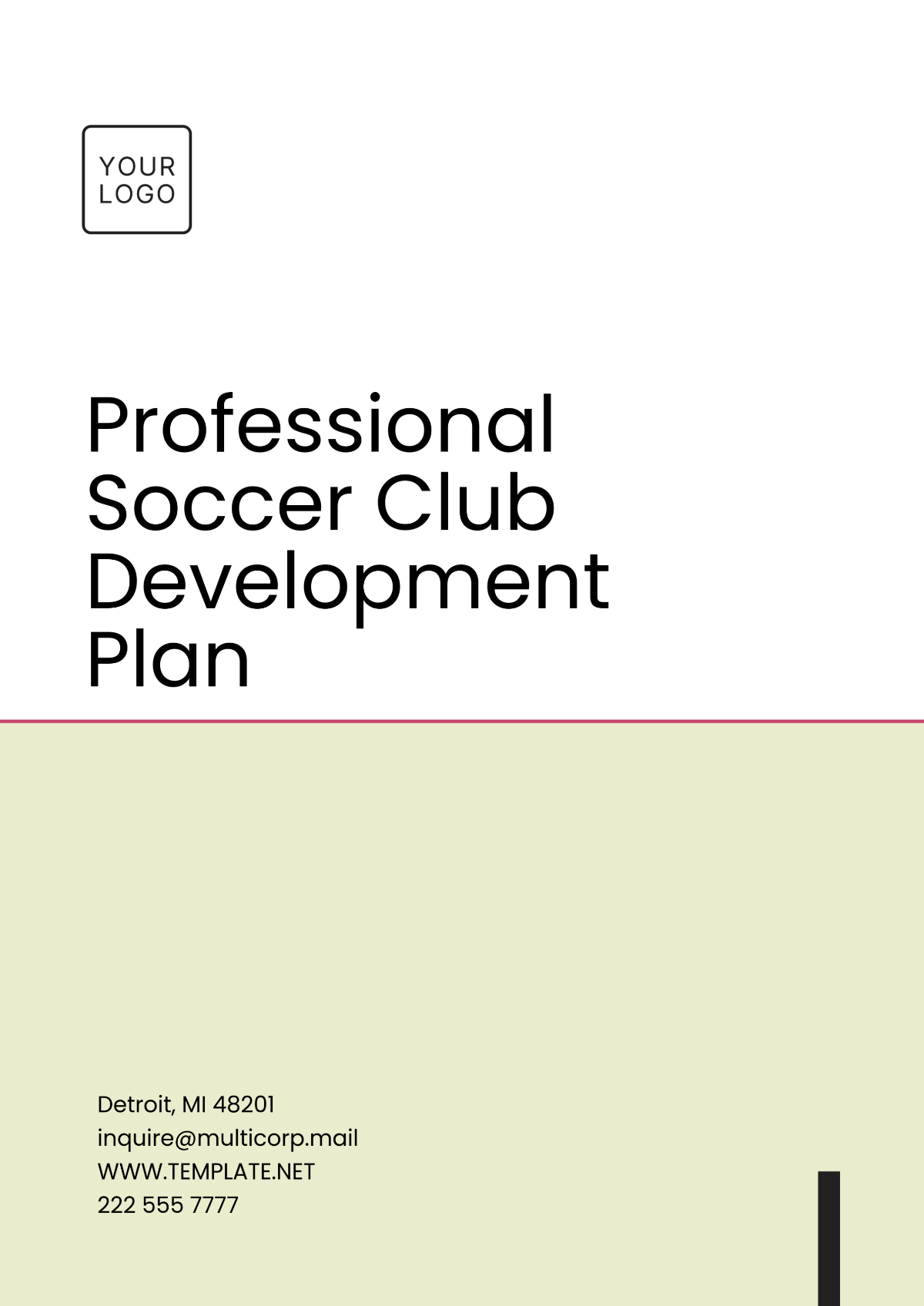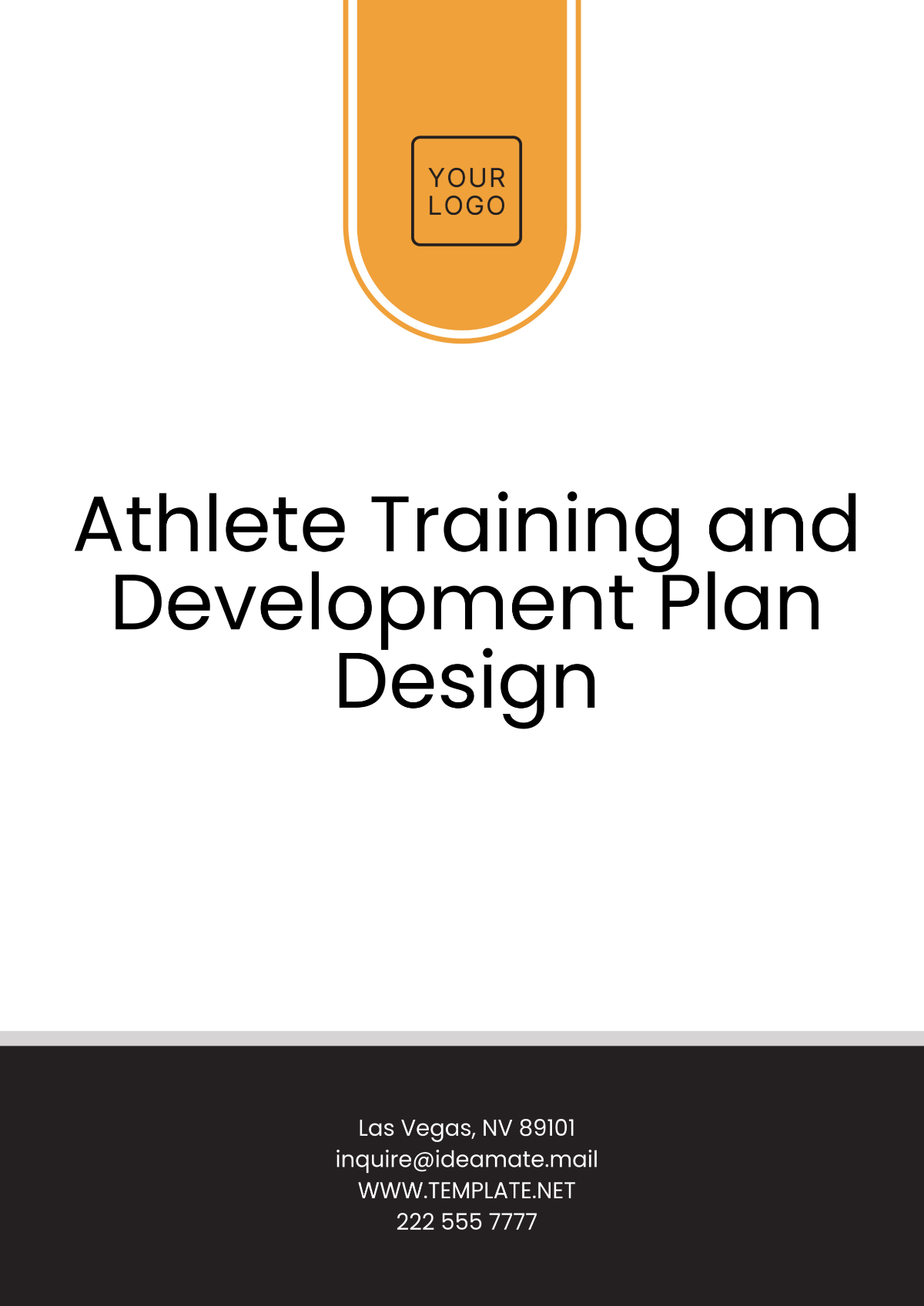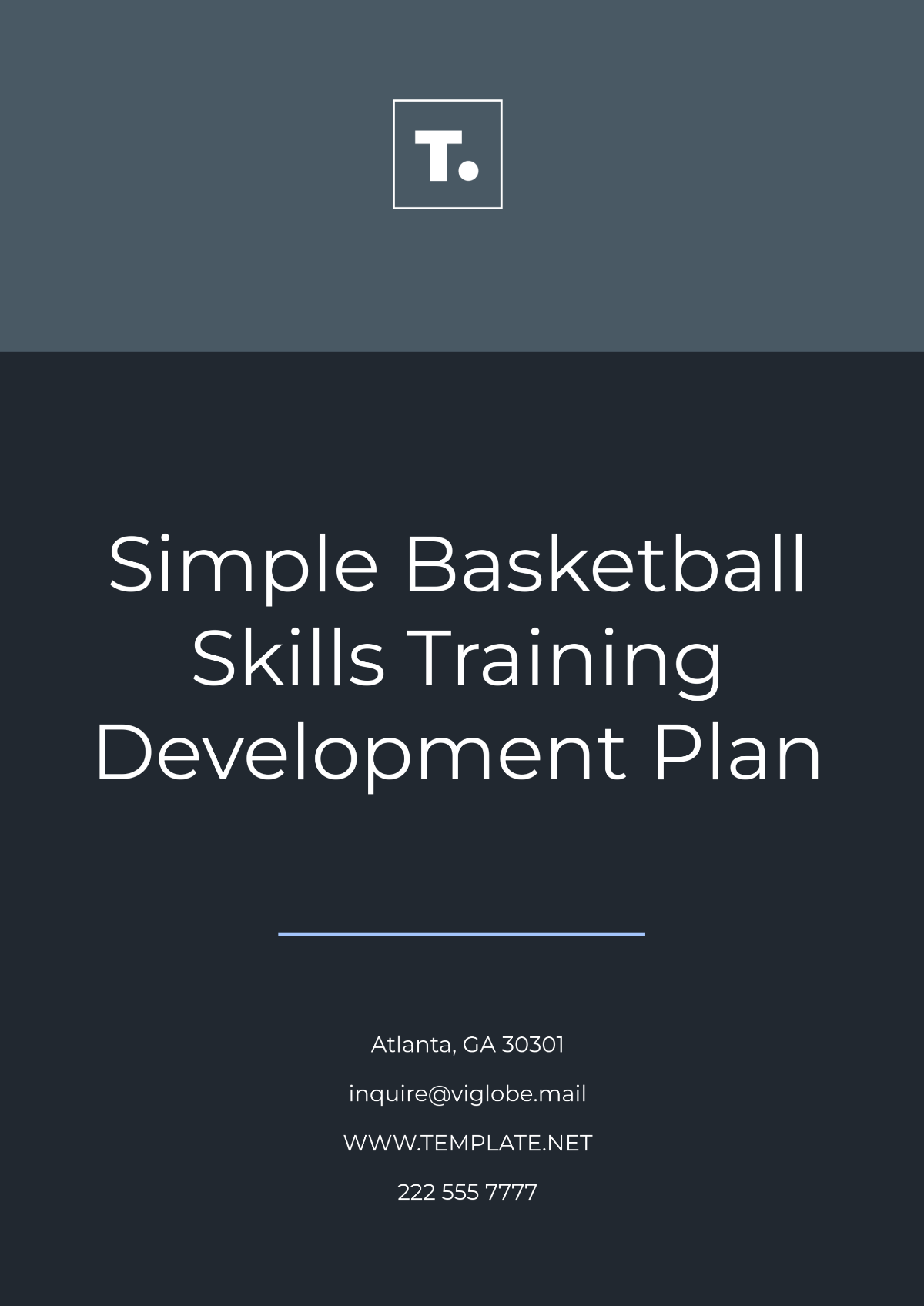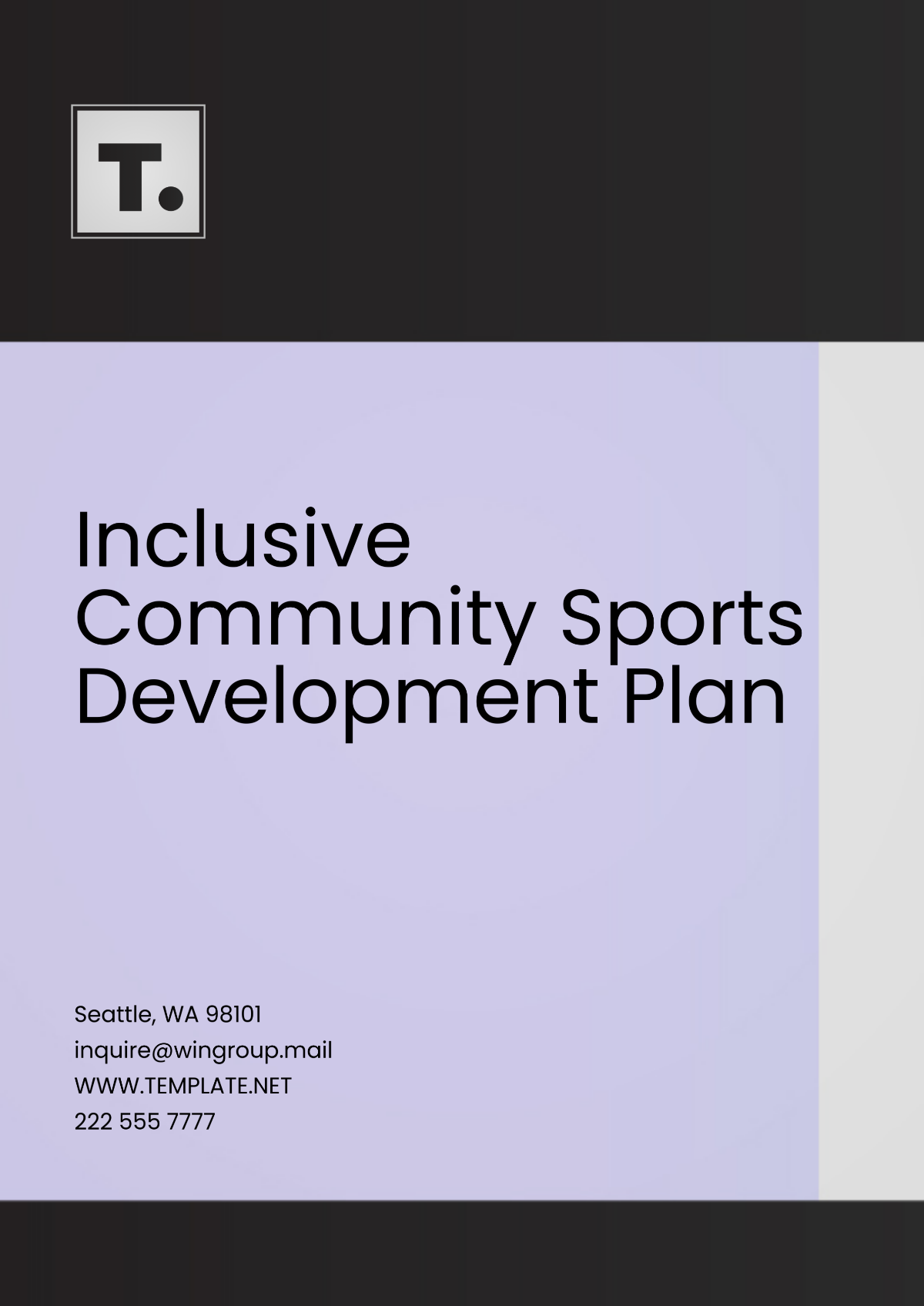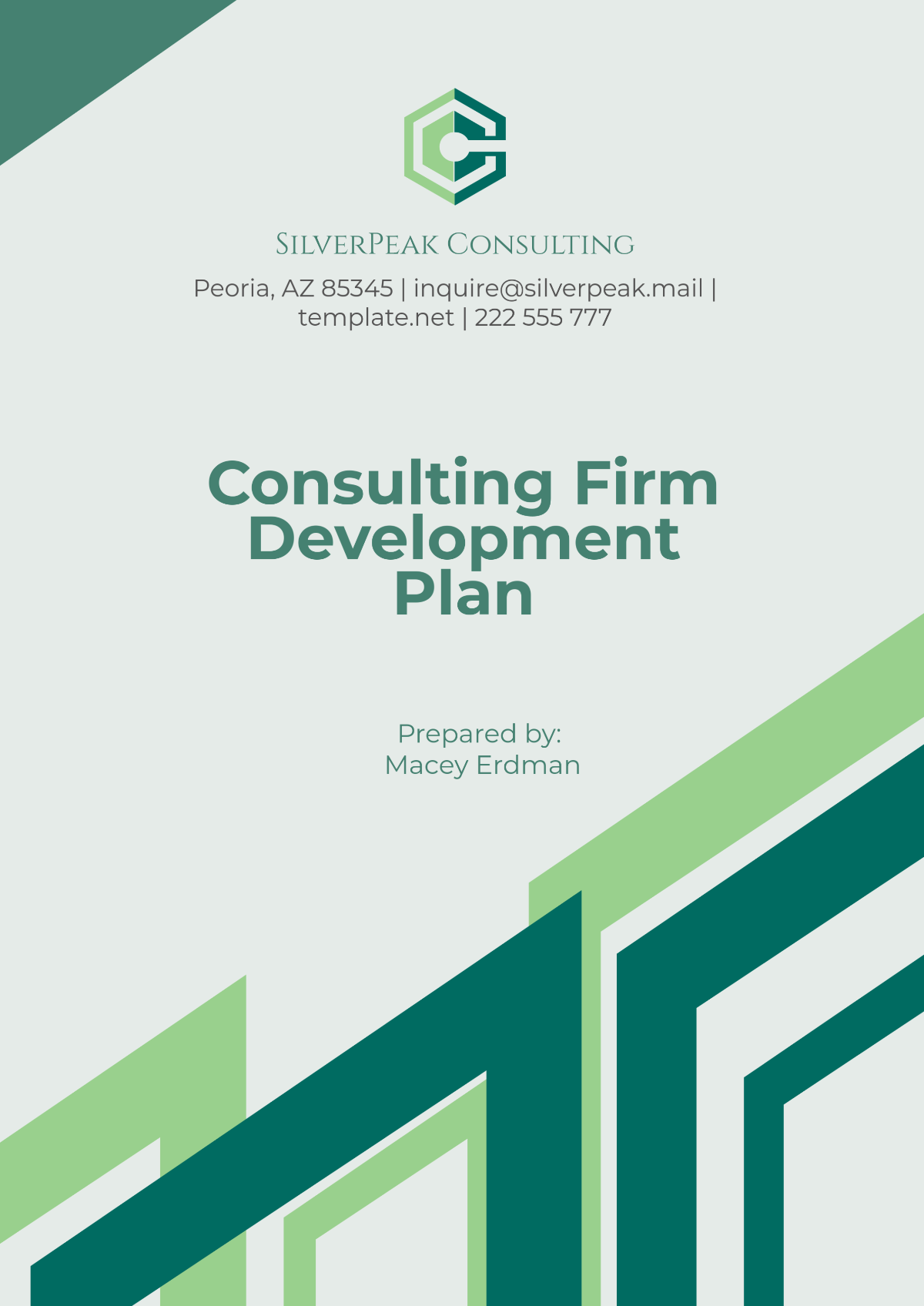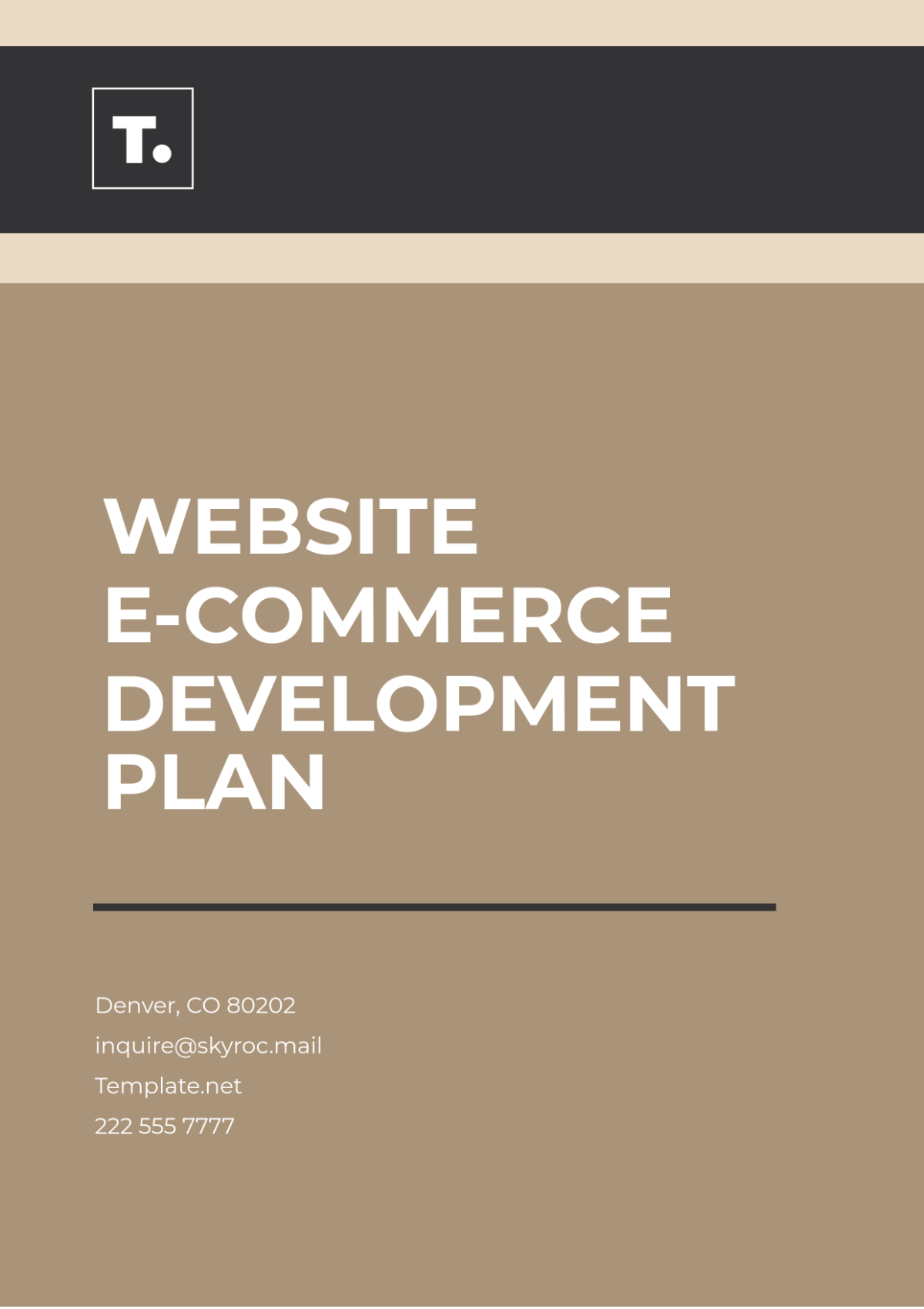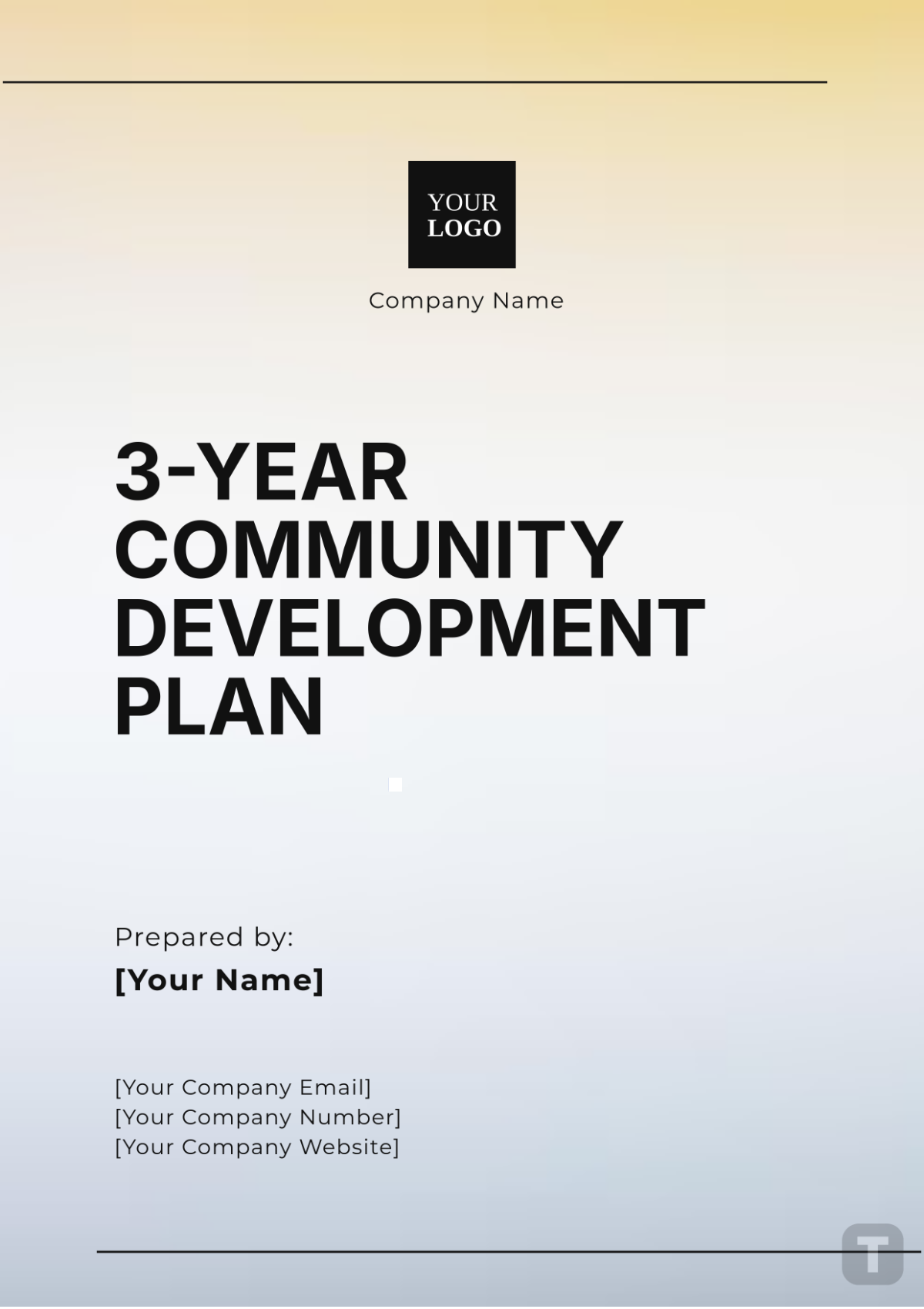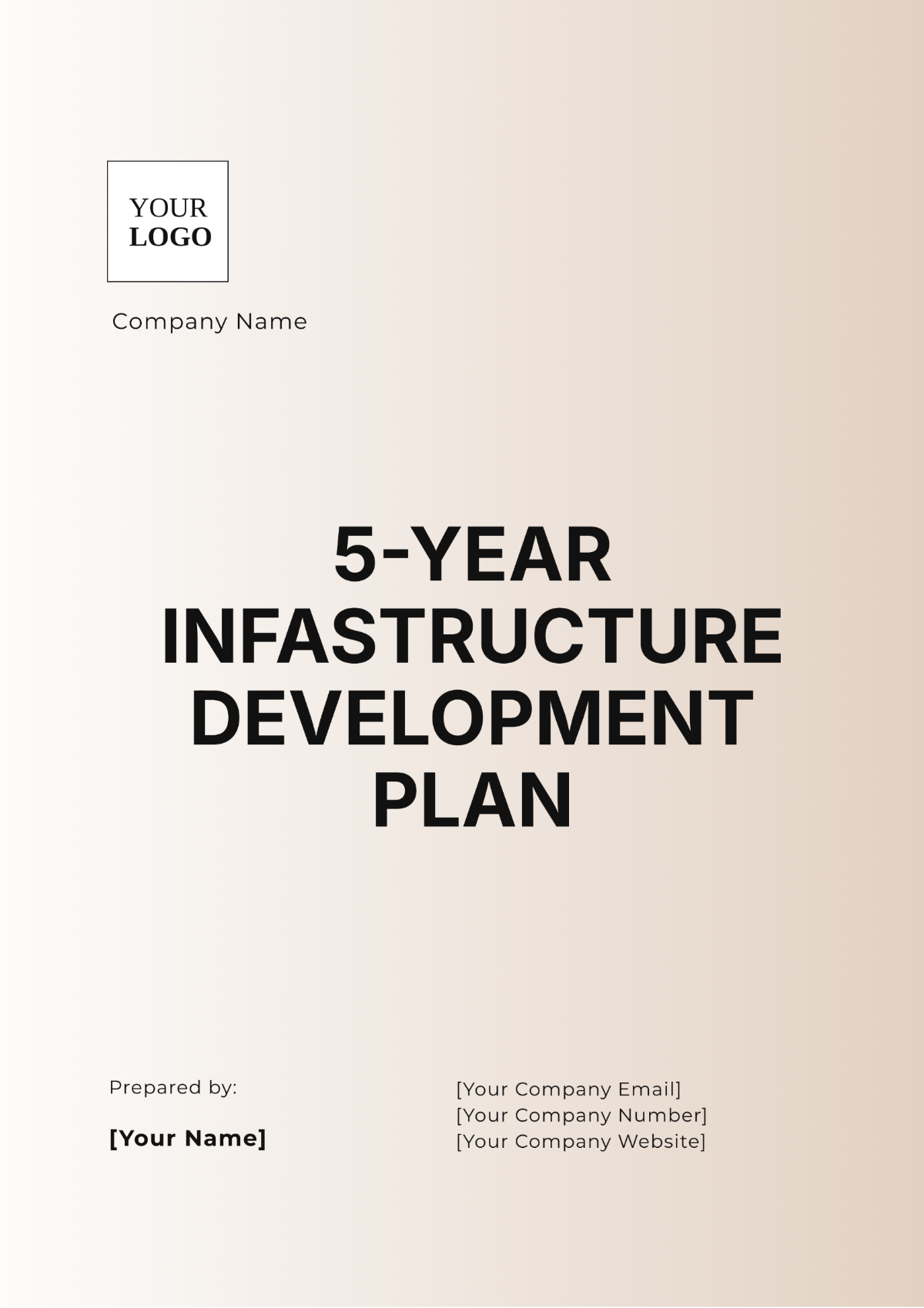Training Development Plan
Written by: [Your Name]
I. Introduction
This Training Development Plan aims to enhance the skills, knowledge, and competencies of employees at [Your Company Name]. It outlines the objectives, methodologies, and timelines for the training program scheduled for the year 2050. This document is intended to ensure a consistent and comprehensive approach to employee development.
II. Objectives
A. Primary Objectives
To improve overall employee performance.
To enhance job satisfaction and employee morale.
To increase efficiency and productivity.
To reduce employee turnover.
B. Secondary Objectives
To develop leadership skills.
To foster a culture of continuous learning.
To align employee skills with company goals.
III. Training Needs Assessment
A. Current Skill Levels
Assessment of the current skill levels of employees will be conducted through:
Employee surveys.
Performance reviews.
Supervisor feedback.
Self-assessments.
B. Identified Skill Gaps
Based on the assessments, the following skill gaps have been identified:
Technical skills in [specific area].
Project management capabilities.
Leadership and team management.
Customer service excellence.
C. Prioritization of Training Needs
The identified skill gaps will be prioritized based on their impact on business goals and objectives:
Priority 1: Technical skills in [specific area].
Priority 2: Leadership and team management.
Priority 3: Customer service excellence.
IV. Training Programs
A. Onboarding and Orientation
New employees will undergo an onboarding and orientation program that includes:
Company policies and procedures.
Introduction to company culture.
Job-specific training.
Compliance and safety training.
B. Technical Skills Training
Technical skills training will cover:
Software and tools specific to job roles.
Latest industry technologies and best practices.
Project-based learning modules.
C. Leadership Development
Leadership development programs will include:
Managerial skills workshops.
Leadership coaching and mentoring.
Team-building exercises.
D. Soft Skills Training
Soft skills training will focus on:
Effective communication.
Conflict resolution.
Time management.
Customer service.
V. Training Schedule
The training schedule for the year 2050 is as follows:
Q1: Onboarding, Orientation, and Technical Skills Training.
Q2: Leadership Development Program.
Q3: Soft Skills Training and Mid-Year Assessment.
Q4: Advanced Technical Skills Training and Year-End Review.
VI. Evaluation and Feedback
A. Training Effectiveness
The effectiveness of the training programs will be evaluated using:
Post-training assessments.
Employee feedback surveys.
Performance metrics analysis.
B. Continuous Improvement
Continuous improvement will be ensured through:
Regular feedback sessions.
Updating training content based on the latest industry trends.
Incorporating employee suggestions and feedback.
VII. Budget and Resources
The budget allocation for the training programs for the year 2050 is as follows:
Training materials and resources: [Budget Amount].
External trainers and consultants: [Budget Amount].
Technology and tools: [Budget Amount].
VIII. Conclusion
The Training Development Plan is a strategic initiative designed to ensure the continuous growth and development of employees at [Your Company Name]. By implementing this plan effectively, the company aims to achieve its business goals while fostering a culture of excellence and continuous learning.
IX. References
Industry Reports and Publications:
"Global Workforce Development Trends Report 2050" by [Industry Research Firm].
"Future Skills: Trends and Forecasts in [Industry Sector]" by [Industry Association].
"Emerging Technologies in [Specific Area]: A Comprehensive Analysis" by [Technology Magazine].
Internal Data and Analytics:
Employee Surveys (conducted annually/quarterly) analyzing job satisfaction, skill levels, and training needs.
Performance Reviews (conducted bi-annually/annually) assessing individual and team performance against key performance indicators (KPIs).
Supervisor Feedback is collected through regular performance management processes, highlighting areas for improvement and skill development.
Self-assessments completed by employees as part of performance reviews or development planning, providing insights into self-perceived strengths and weaknesses.
External Training Providers:
[Training Company A]: Specializes in technical skills training for [Specific Area], offering customized workshops and certification programs.
[Training Company B]: Provides leadership development training, including executive coaching and team-building exercises tailored to our industry.
[Training Company C]: Offers soft skills training modules focused on communication, time management, and customer service excellence.
[University/College Name]: Collaborates with organizations to deliver industry-specific training programs and professional development courses.
Previous Training Program Results:
Data from the 2050 Training Effectiveness Report highlighting improvements in employee performance and satisfaction following previous training initiatives.
Post-Training Assessment Results from 2050 demonstrate the impact of technical skills training on project outcomes and productivity.
Employee Feedback Surveys from 2050, showcasing positive responses regarding the relevance and effectiveness of leadership development programs.
Performance Metrics Analysis comparing pre-training and post-training performance indicators such as sales figures, customer satisfaction scores, and employee retention rates.
